We’re parked up on a bit of the yet to be developed waterside of Gdansk.
In one direction there’re the pumping beats of a warehouse party. Polly and I poked down a few dodgy dark alleys, but couldn’t find the way to the excellent sound system that was trying so hard to lure us in. The tunes finished at 6am sharp. Did we really do that once upon a time?
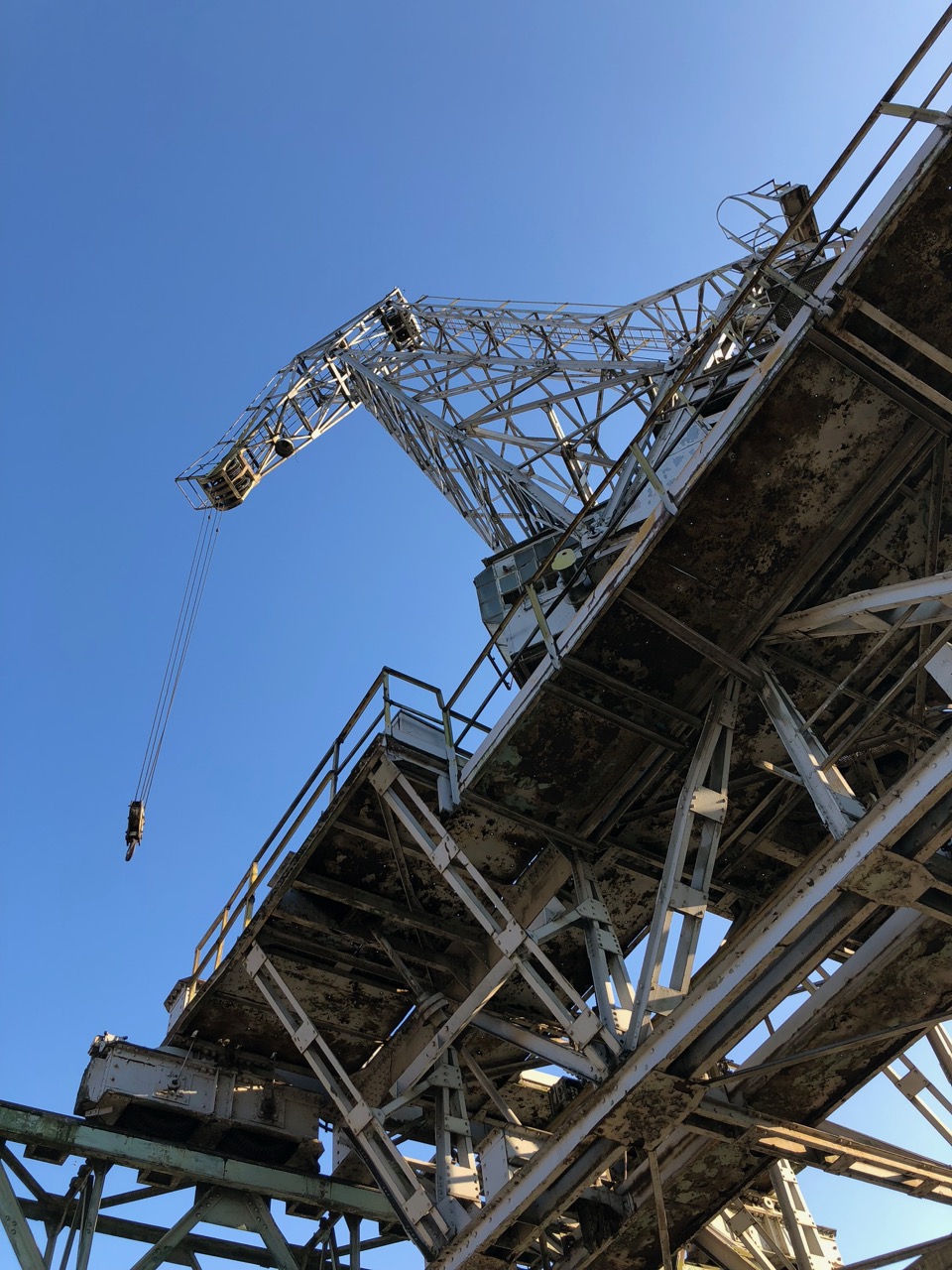
In another direction new money, new flats, new cocktails and a new fusion of foods attracts the young to spend their hard earned zlotys.
And all along the river young kids openly have adventures with drinks, smokes and more that we’d have kept under cover a few decades ago. Thankfully they seem oblivious to the van, but it’s hard not to feel a little nervous at the racket they’re making.
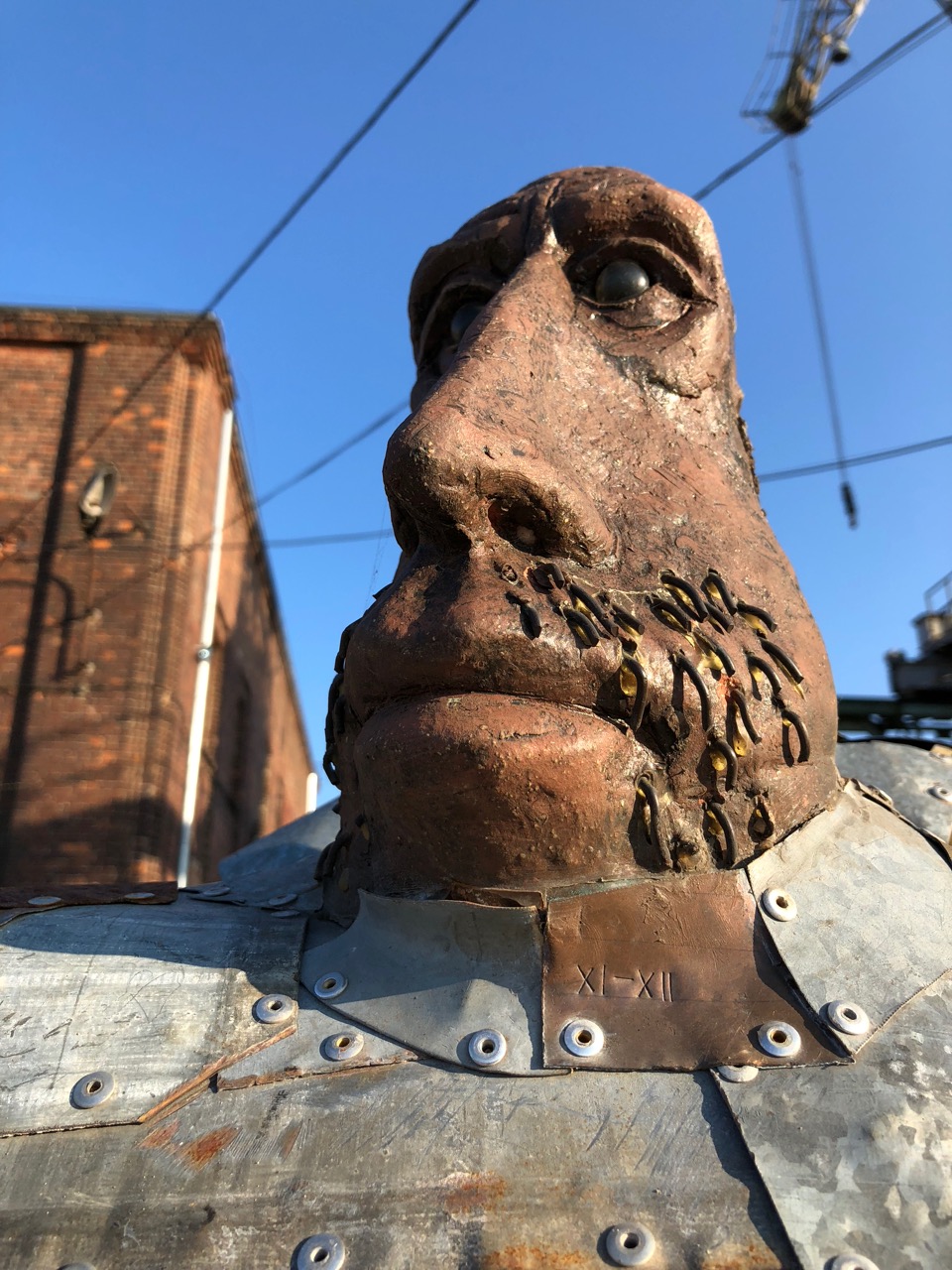
During the afternoon huge pleasure cruises pass within feet of ArchieVan – a couple of which resembled pirate galleons – I hope we’ll try one of the trips before we leave.
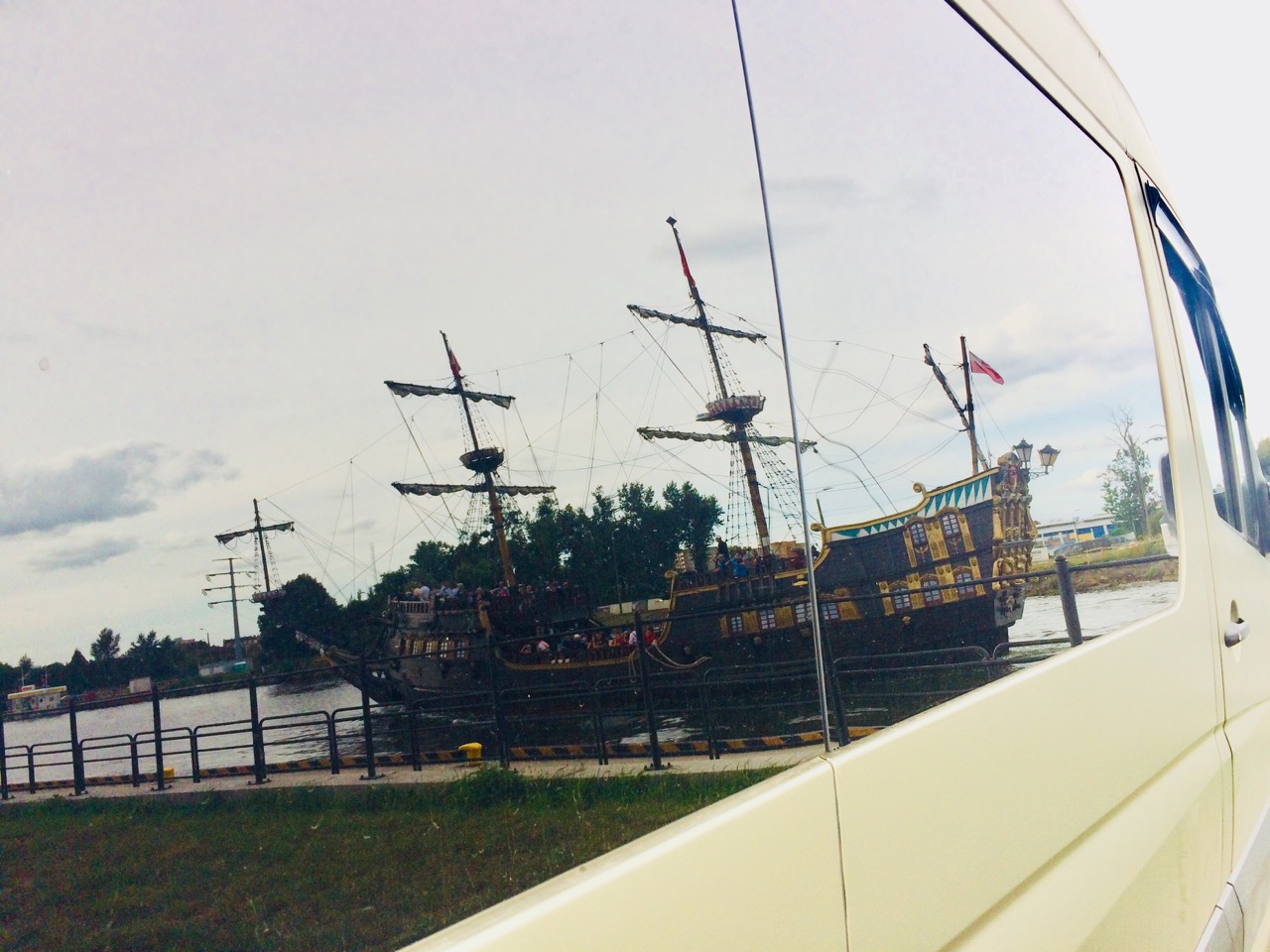
Gdansk.
Gdansk is the hub of Poland’s struggle against the communist regime, and the military dictatorship that succeeded it.
Now, so many years after Lech Walesa and his Solidarity movement fought to bring the new Poland into being, the city that was the centre of his protest is a very different place.
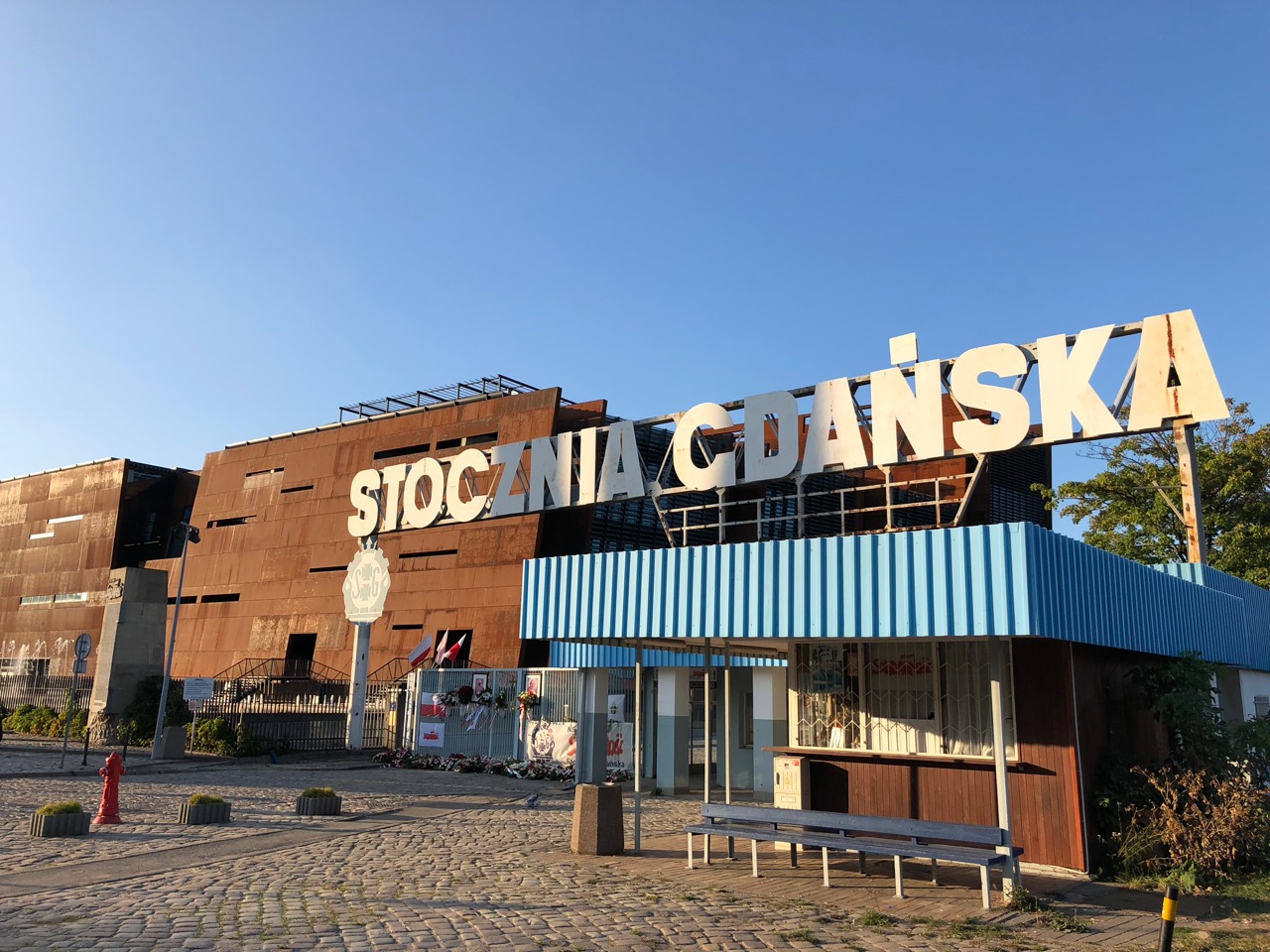
The stunning old town bleeds into the new waterfront developments where old traders’ properties blend seamlessly with new flats and retail, and the many pleasure boats on the Wisla. On this Saturday evening there are thousands of people crowding the streets and the atmosphere is good.
We eat Russian, and duck pierogi at a waterside café, amazed at how many people there are enjoying the late summer. We retire early, tired from a day of castle touring.
Pierogi are our new favourite Polish food – steamed dumplings that resemble large dim sum, stuffed with all manner of combinations. Simple. Filling. And cheap.
The shipyards that meant so much to the city, and Poland, 30 years ago now largely lie idle. Although there are some rather impressive yachts being built behind these seemingly dormant walls.
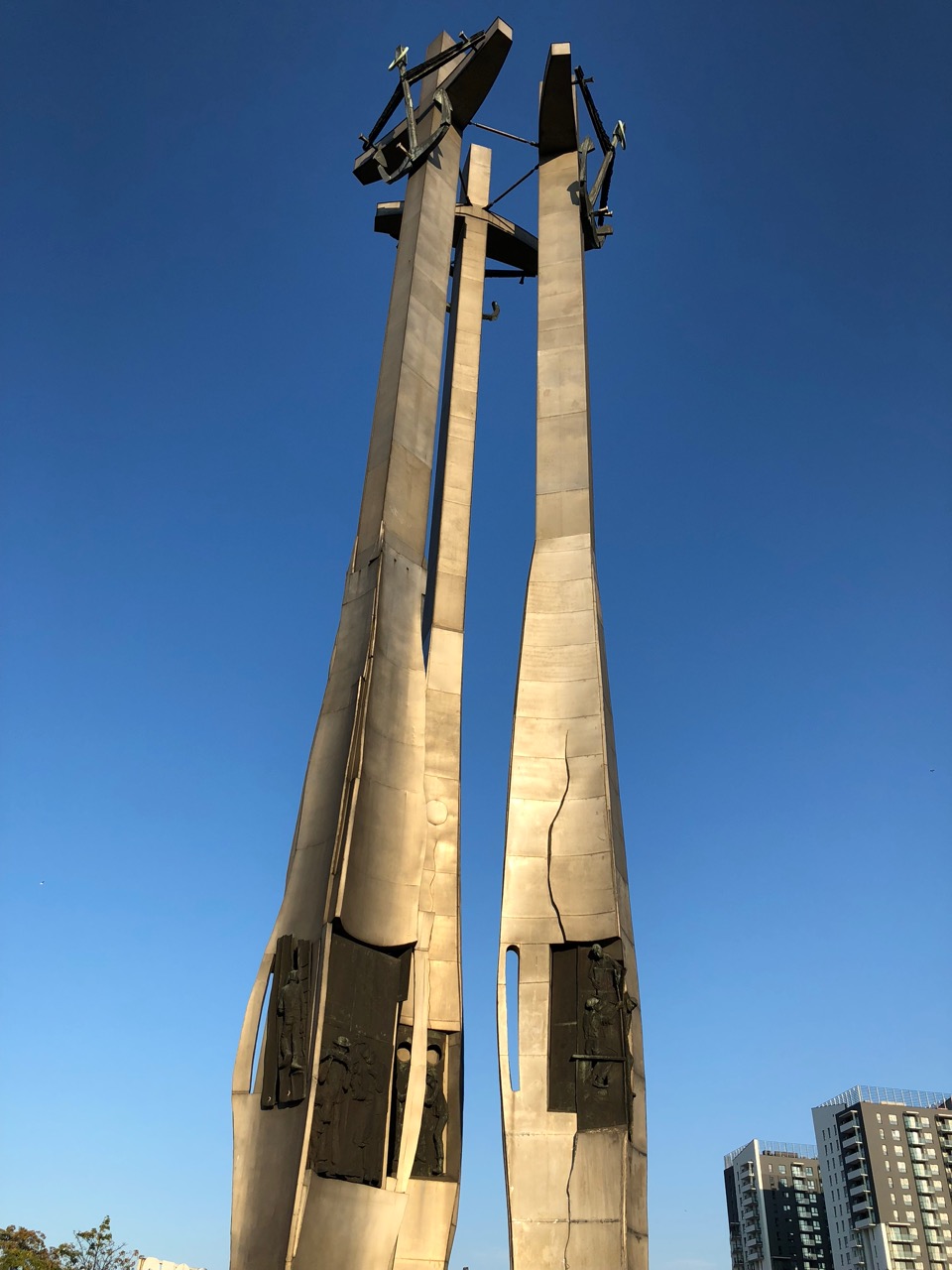
The gates to the docks still are covered in wreathes some 30 years after the action the flowers commemorate, and beside them the new Solidarity Centre tells the story of the struggle that led, eventually, to the freedom of many of the countries we’ve visited.
Elsewhere the warehouses feel ripe for development and I’m sure they’ll be housing the new young Turks by the time we visit again.
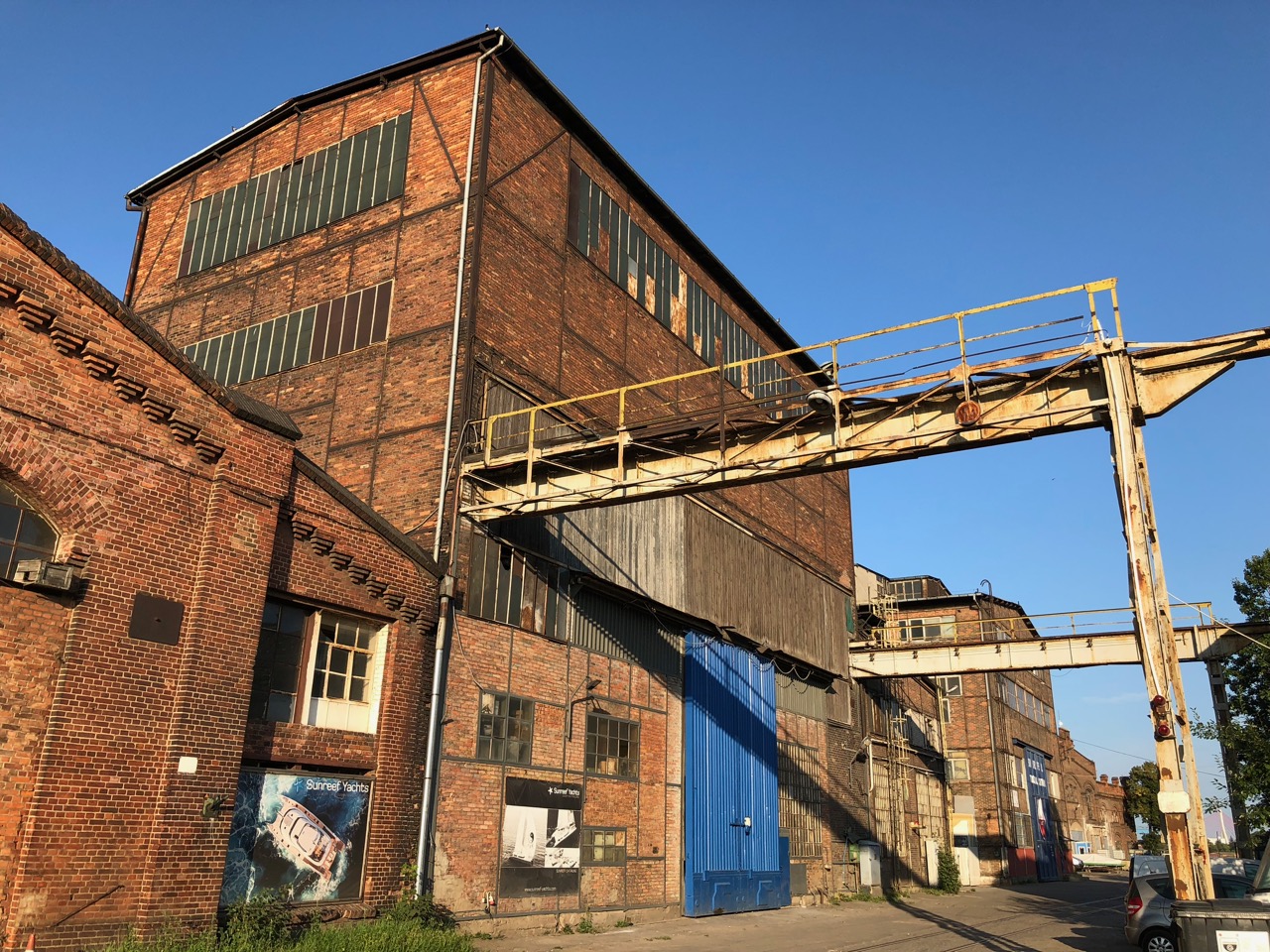
Museum of the Second World War.
Much of the waterfront where we’re camped is very new, and the finished bits are sparkling clean too.
The centrepiece is the magnificent Museum of the Second World War.
Absorbing the full breadth of information here takes an emotionally draining four hours, maybe more, and brings new aspects of the war to life in personal detail from first hand accounts.
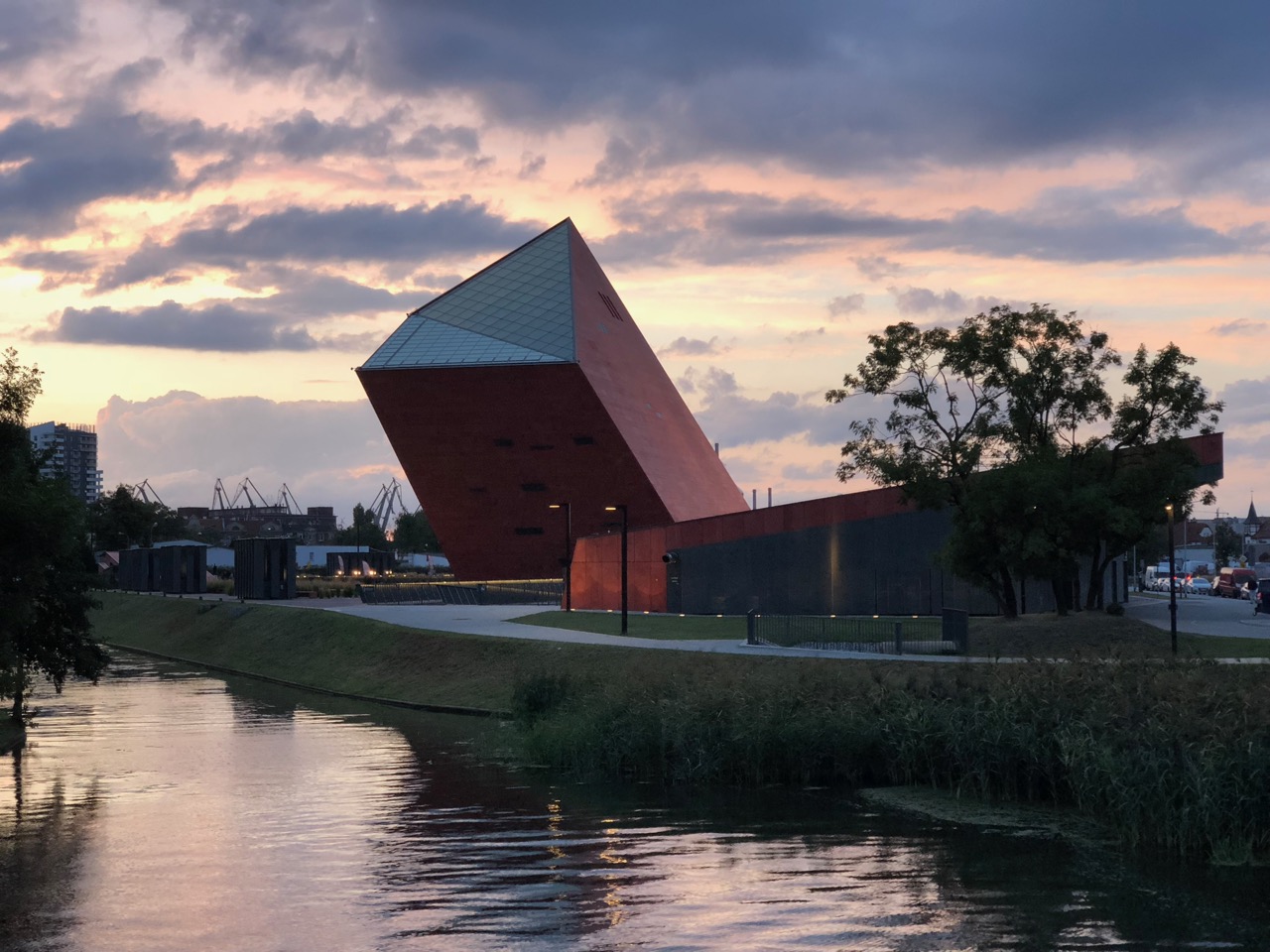
The incredible volume of footage and artefacts is housed in a rather special new building, with all the exhibition halls two floors underground.
Strolling the beautiful streets of Gdansk’s old town it’s hard to believe this vital port was even touched by the war, let alone practically destroyed. Fortunately there are excellent photo exhibitions dotted around that help you understand the enormous reconstruction that began with the peace, despite being under Soviet control.
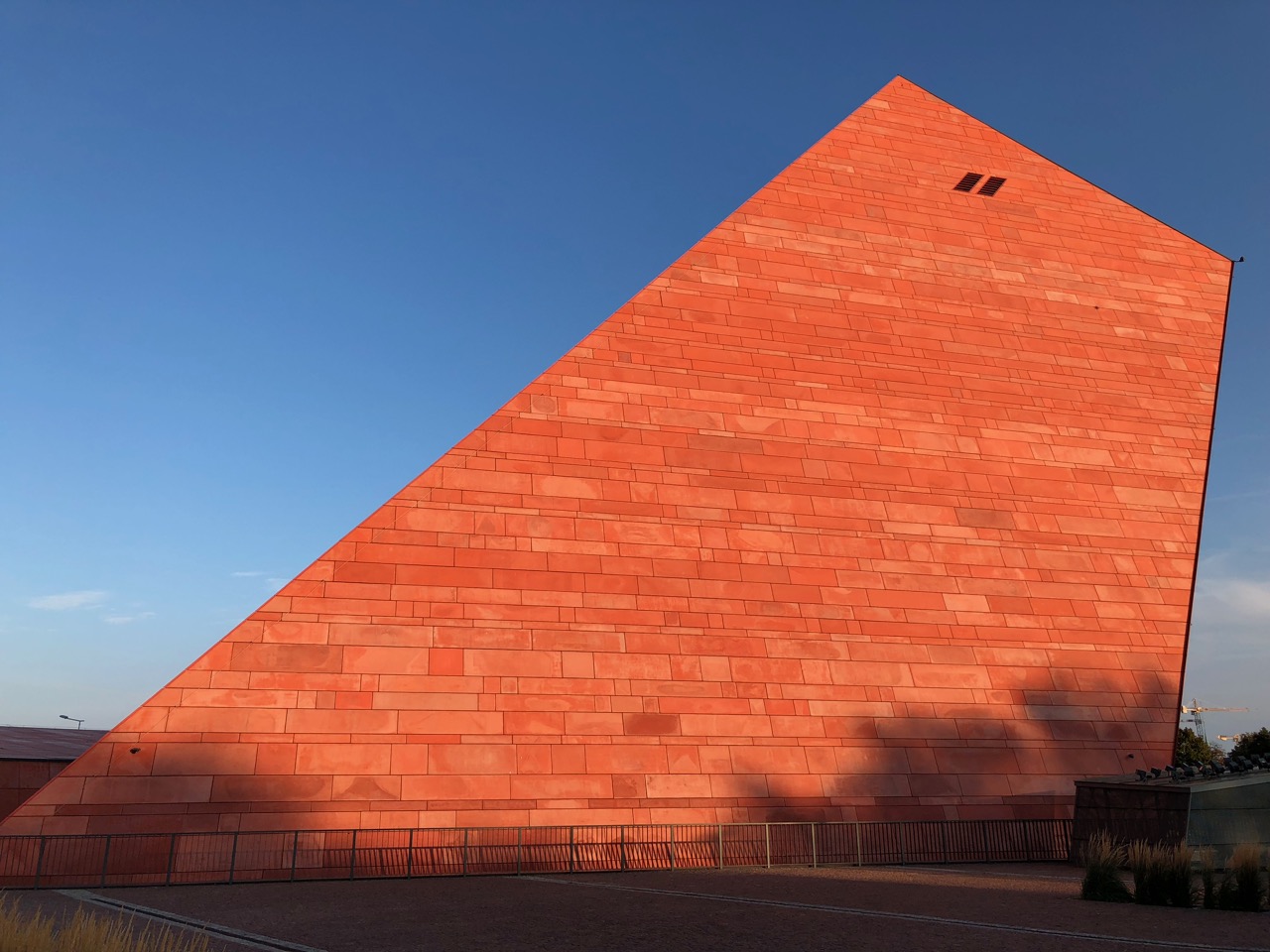
Malbork Castle.
I like to build towards the best, but Malbork Castle was on our route to Gdansk, so we pulled in on Friday evening, parked in its main car park (take care if parking there, it’s a lot more expensive that it seems) and slept the night ready to take on the castle in the morning.
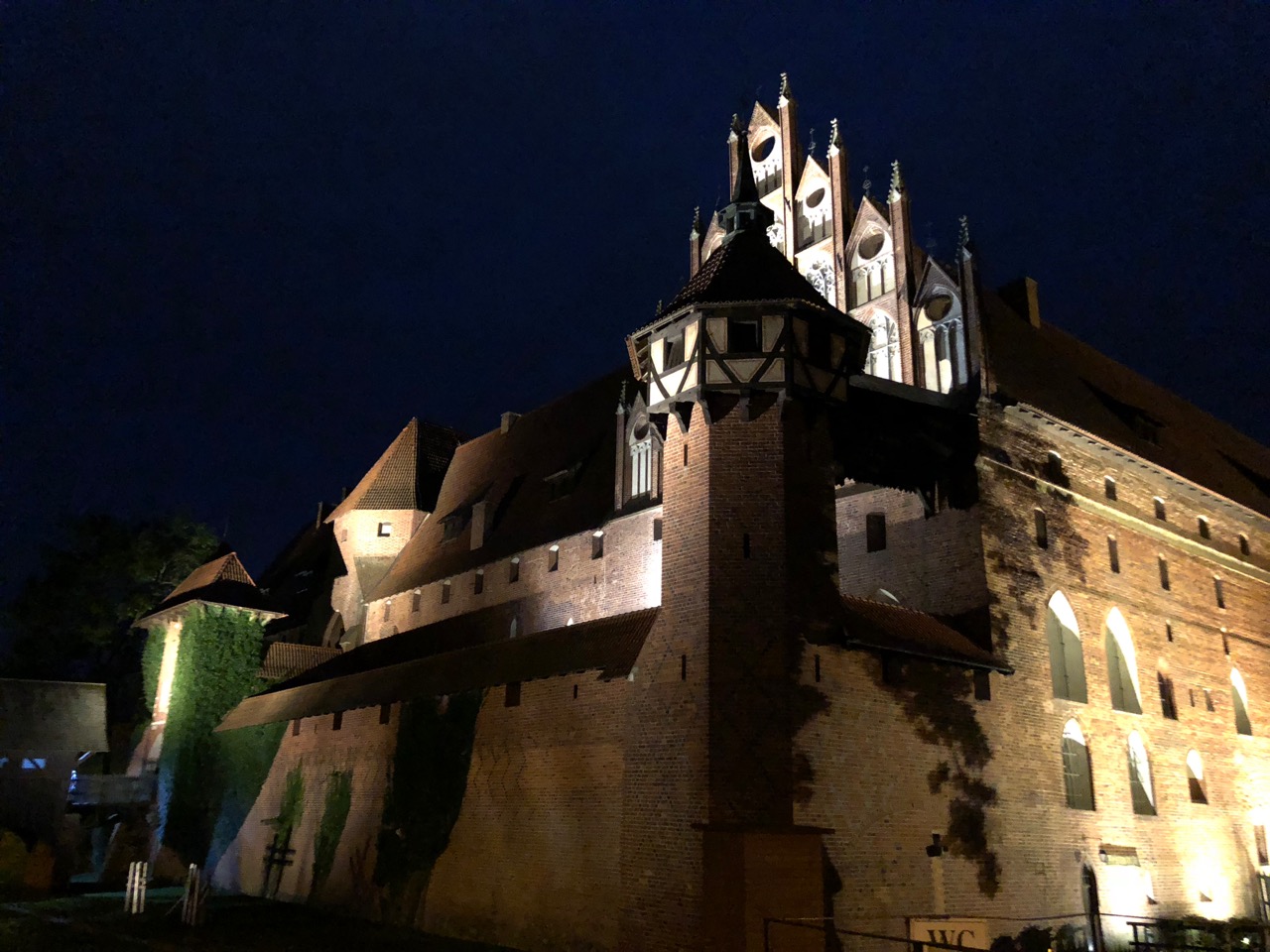
It’s the biggest brick castle in the world, and even bearing in mind the fantastic Indian forts we’ve visited, this is an extremely impressive place. Imagine getting the order for that many bricks!

The Teutonic Order built the impregnable fortress at Malbork and ruled their lands from there until bankruptcy forced them to sell it to a Polish king.
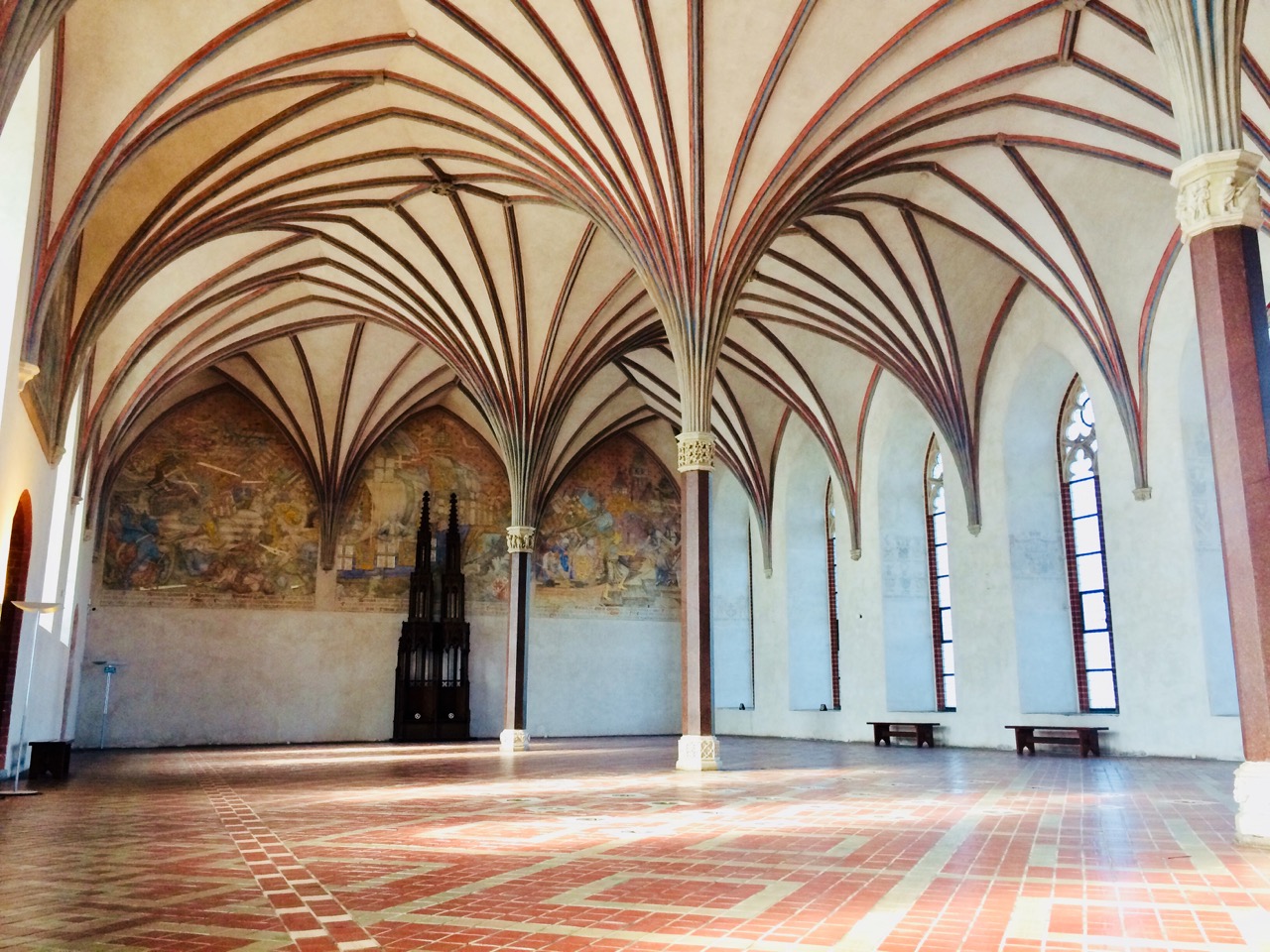
Centuries later in 1945 when the Nazis turned it into a fortress once more it still withstood a pounding of modern Soviet weapons for six weeks, although it has taken until now to rebuild it after that battering.
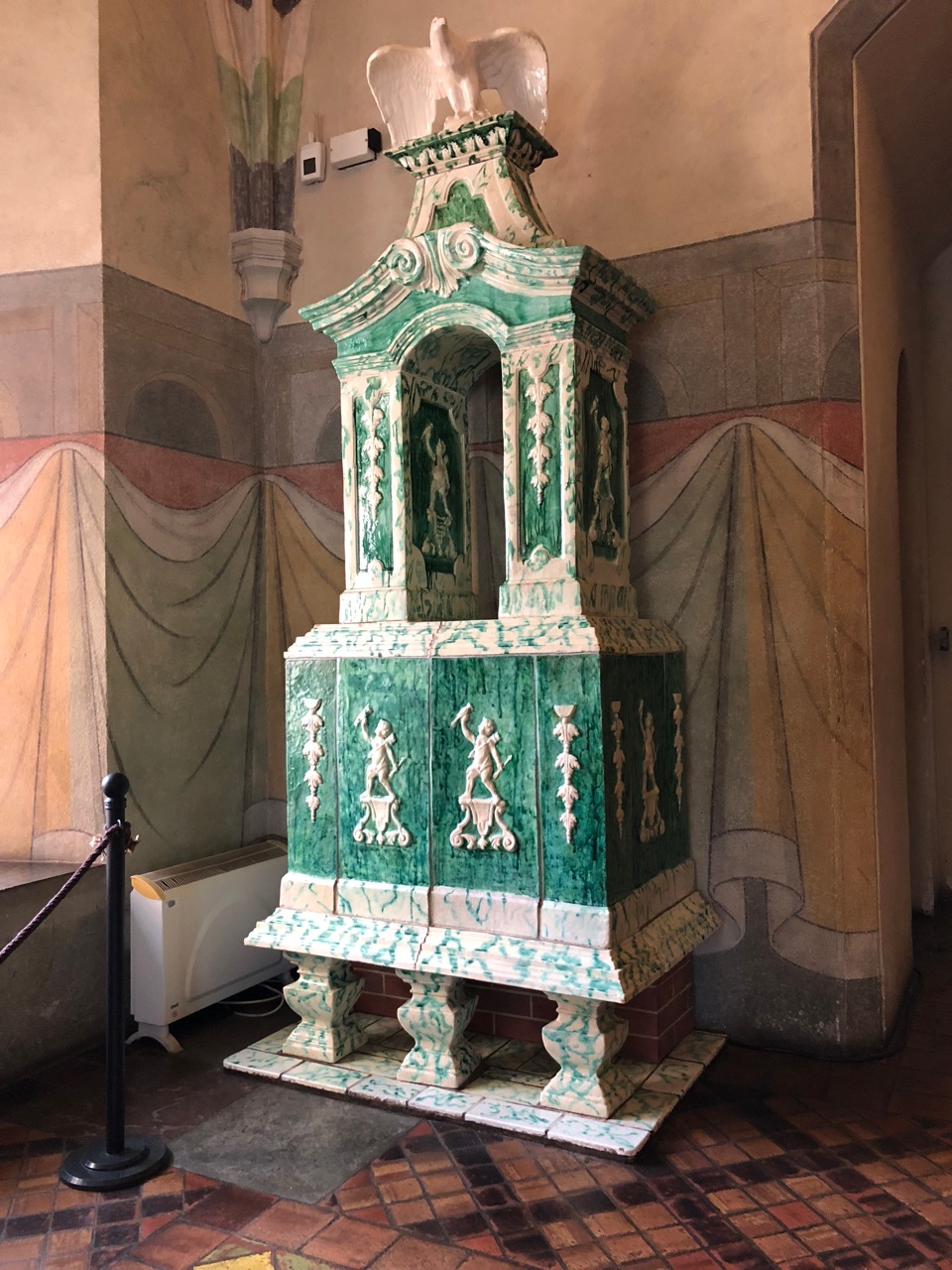
The audio tour was the first of such that we’ve taken and we were impressed. It’s at least a three hour journey, and certainly not for anyone less able bodied than us. There is a lot of climbing, and some very narrow, steep staircases. We were delighted, but also knackered, at the end.
Gothic.
Chef Bogdan Galazka welcomed us to his café/restaurant within the castle the night before we visited the fort.
What an experience!
It doesn’t look special. The lighting is too bright. The furniture too modern. But hey, isn’t a restaurant about the food?
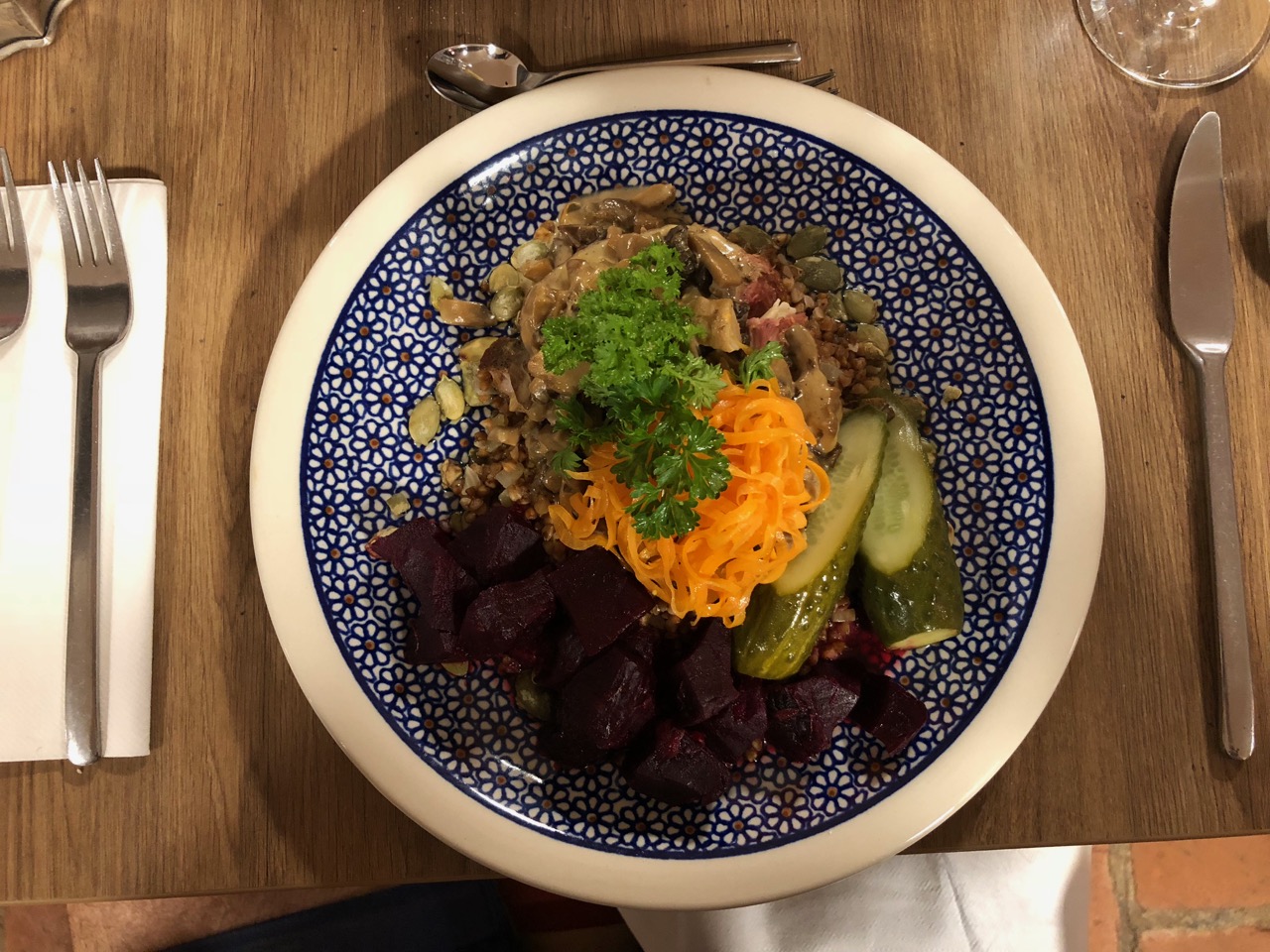
The food seeks to recreate the very best of the fare eaten by the Medieval Grand Masters and kings of this vast fortress that’s almost half the size of the Vatican State. Describing a meal is boring, but the parsley pesto deserves a special mention, it was a fabulous accompaniment to the various breads we were greeted with.
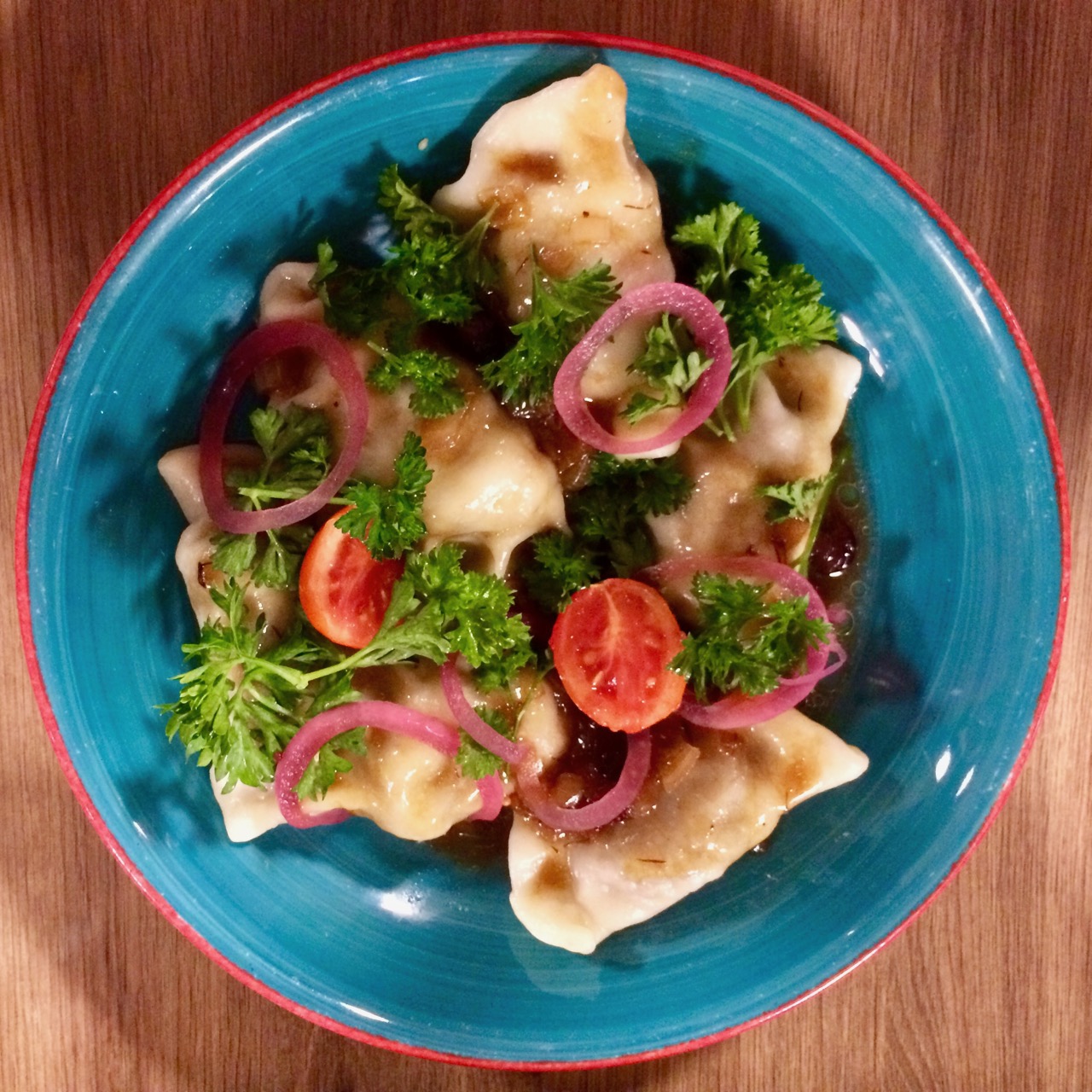
Lipno and Torun.
We stayed just one night in the lakes, at Gizycko, recommended by our last guests at ArchavonStudio, and then covered too many miles to get to Lipno, home of my sister’s friends Anna, Yarek and Ola.
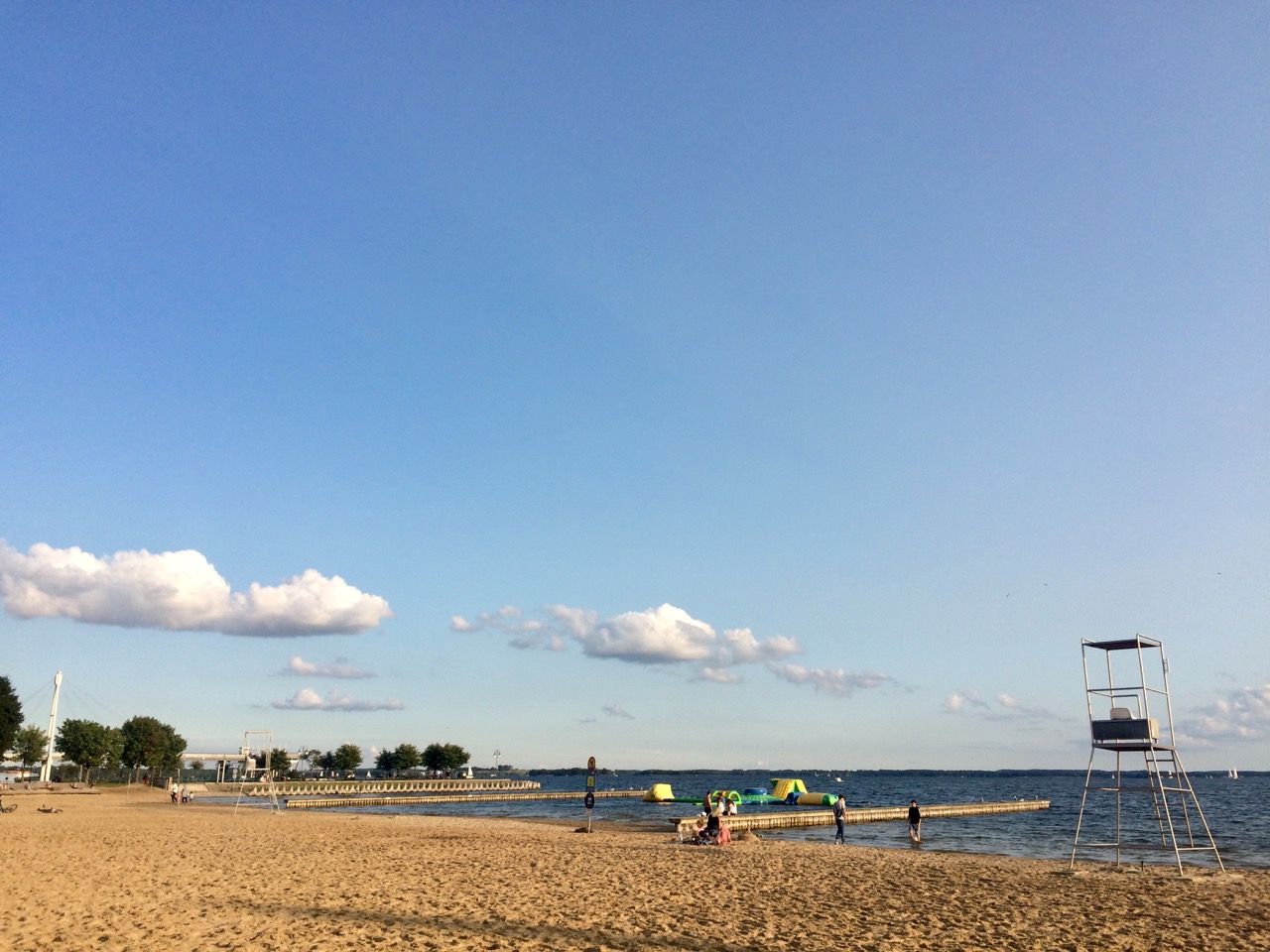
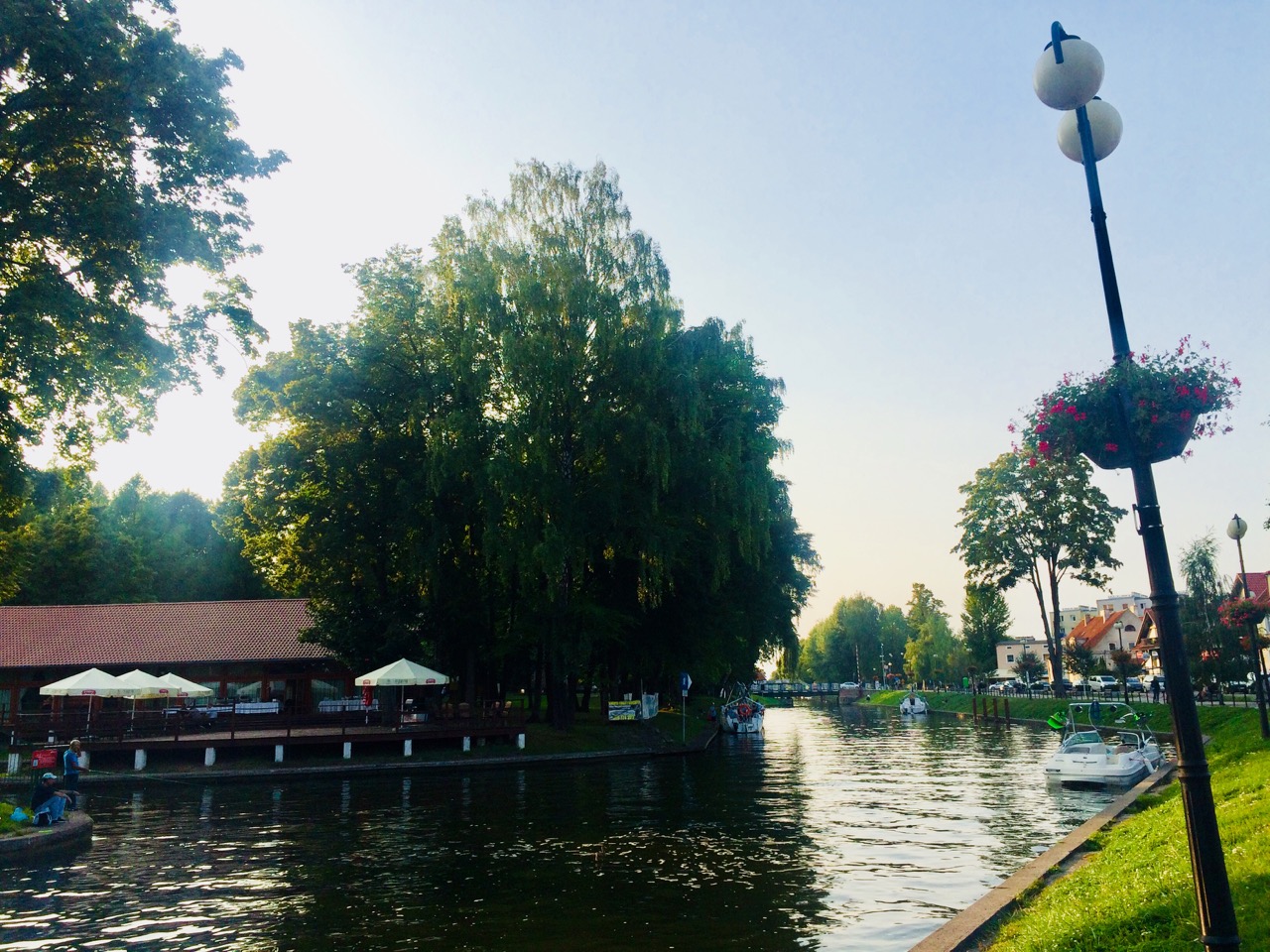
Staying with people helps shape your perspective and introduced us to warm, friendly Polish hospitality (and vodka). Lipno is far from pretty, but experiencing the town wouldn’t have happened if we only followed the words of the guide books.
We also wouldn’t have come across the serene Museum of Farming Life at Sierpc. We cycled there, but the story of the ride could be a post in itself. It was way too hard for less than peak condition Wanderers, but we survived to enjoy the vodka later.
The museum put a gentle spin on what must have been a tough life. The houses (all actual farms transported there from around Poland) certainly seem like places you could live in comfortably now, and better than many Cornish homes I remember from a lot more recent times.
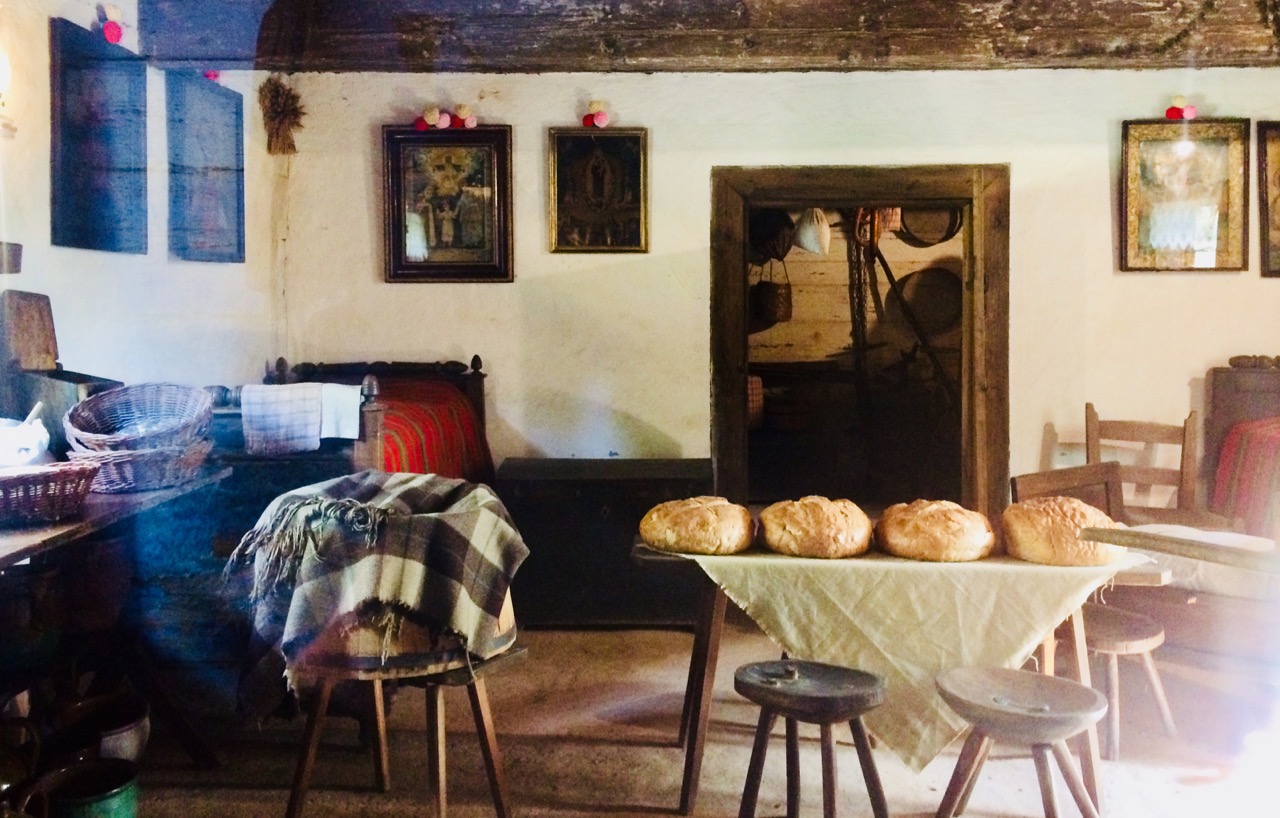

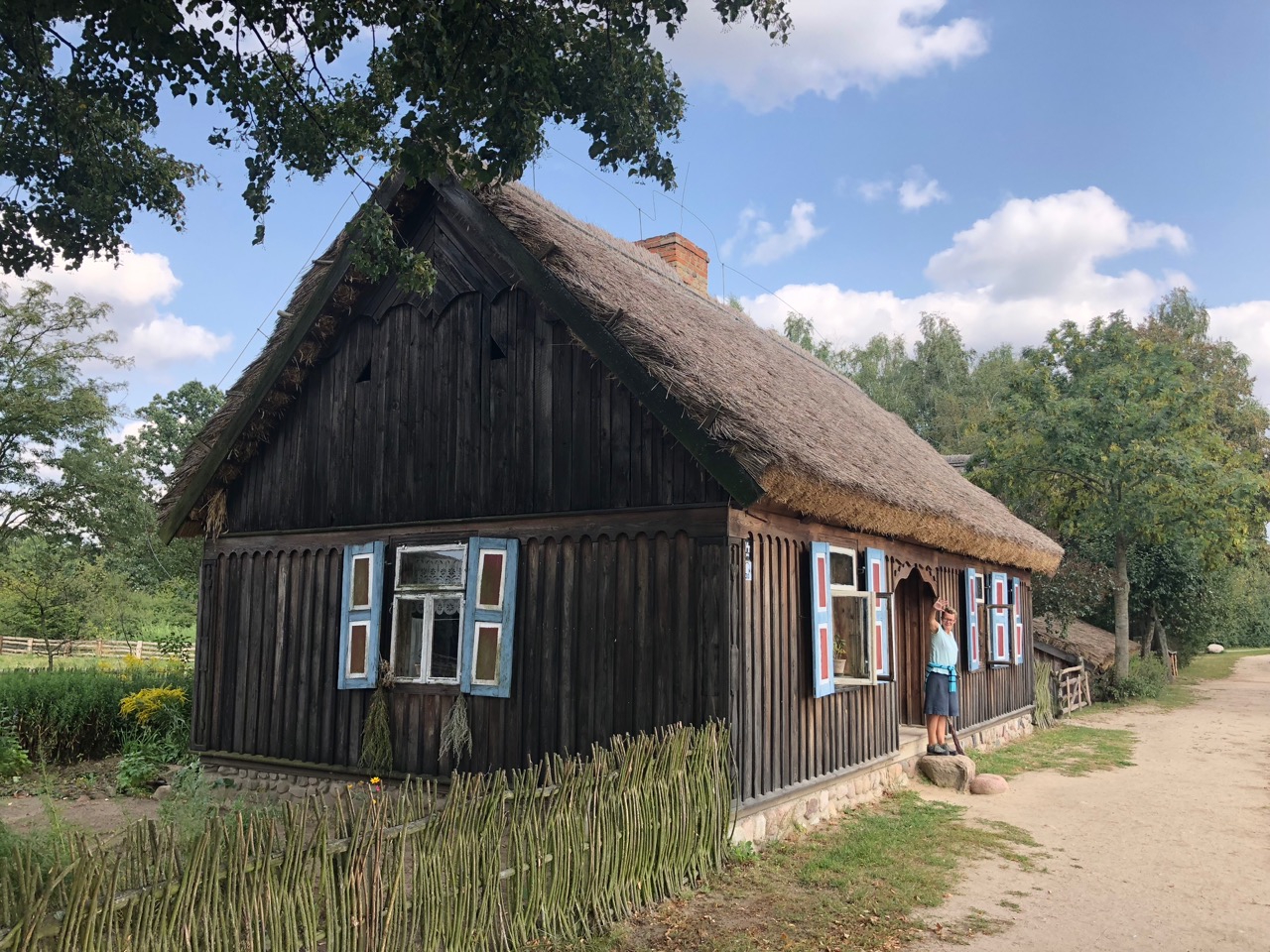
Anna and Yarek took us on a comprehensive tour of nearby Torun.
Torun is unusual in Poland for being in its original state. The town wasn’t destroyed in the wars and its beauty came as a big surprise after workaday Lipno.
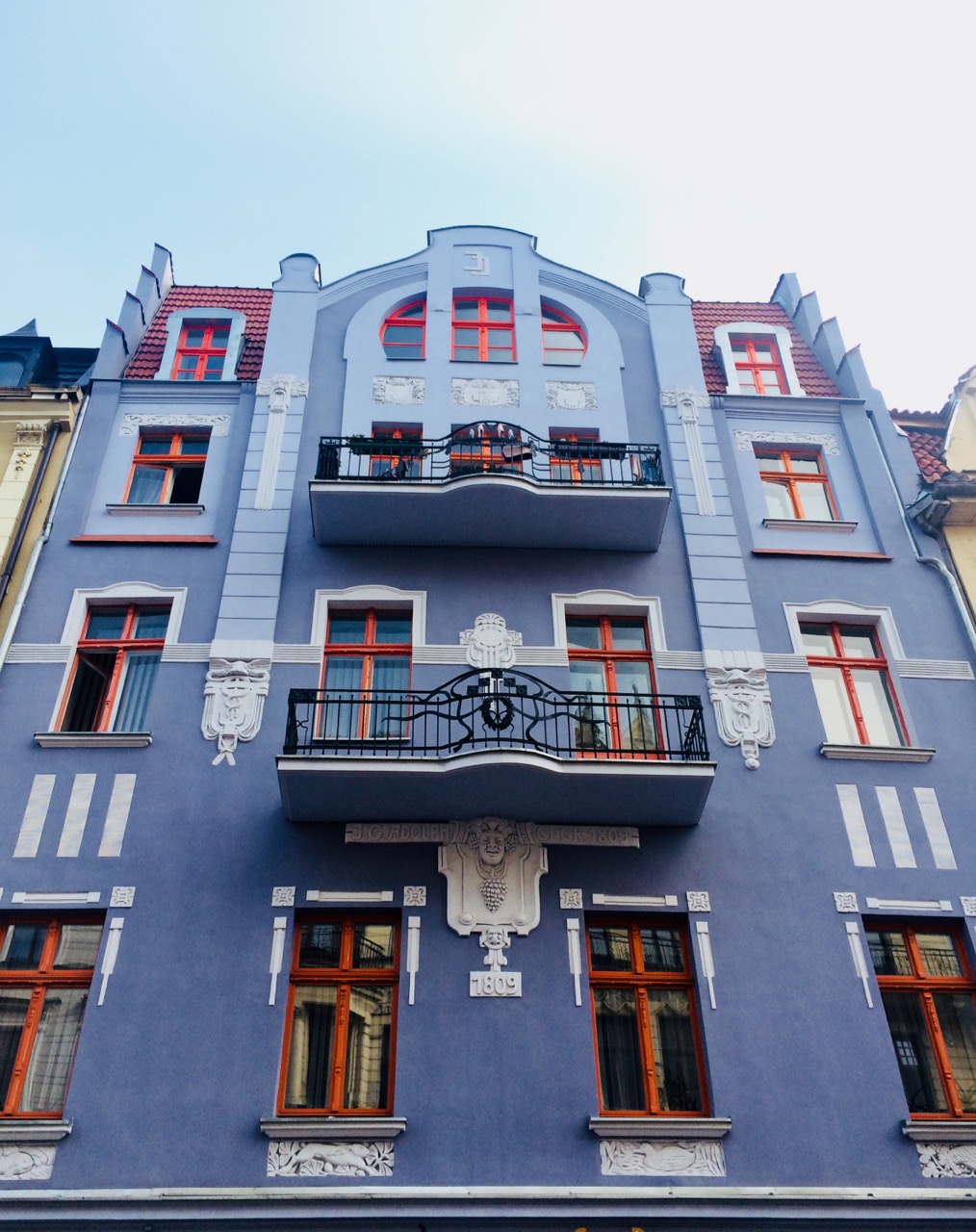
The story of the town leans heavily on its native astronomer and author Nicolas Copernicus, but there’s a lot more to it than one man’s work.
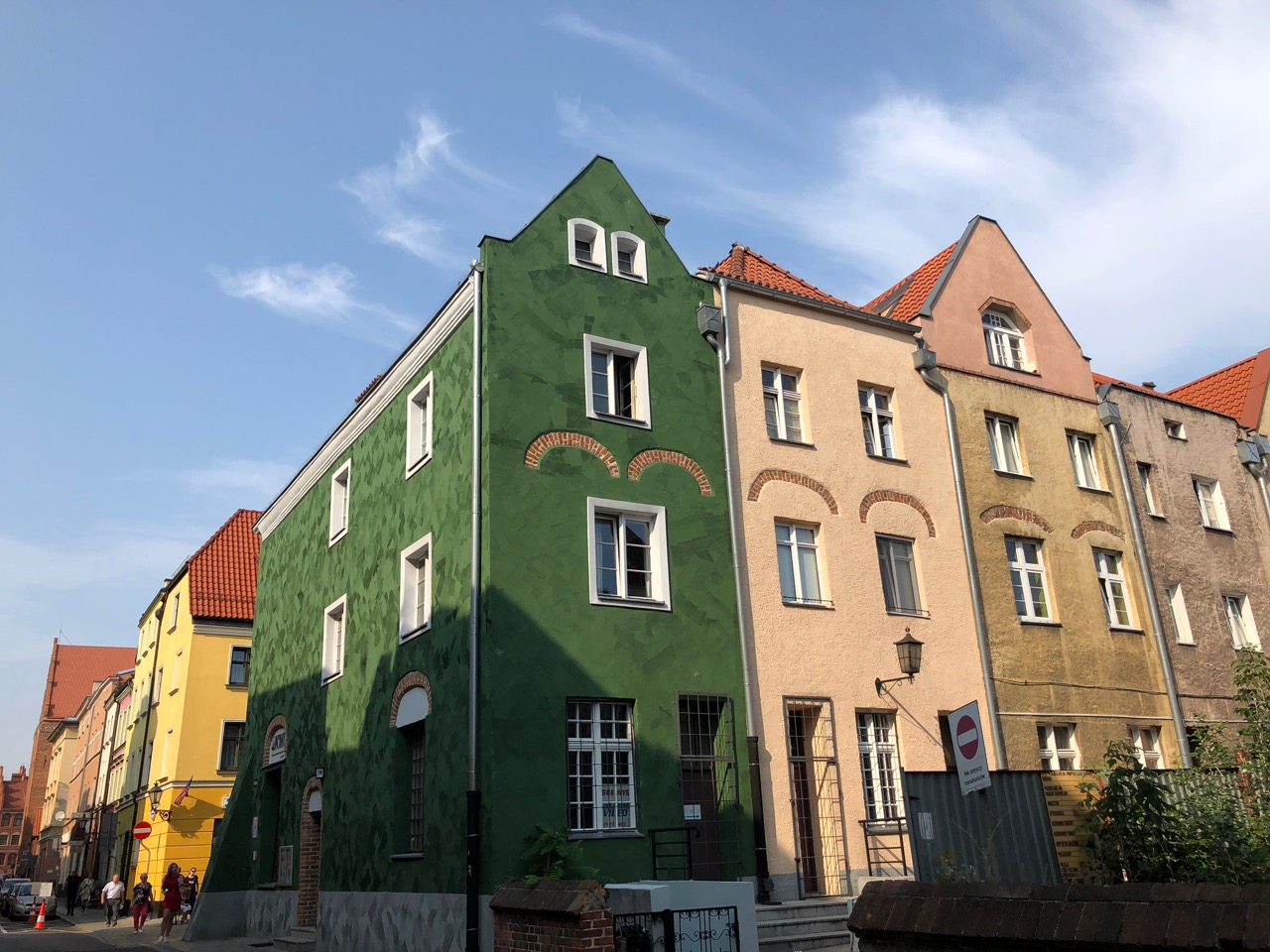

A few hours spent here will take you to its (crazily) leaning tower, the Teutonic Knights’ castle, beautiful churches and hopefully, as we did, you’ll finish off with a rewarding huge ice cream.
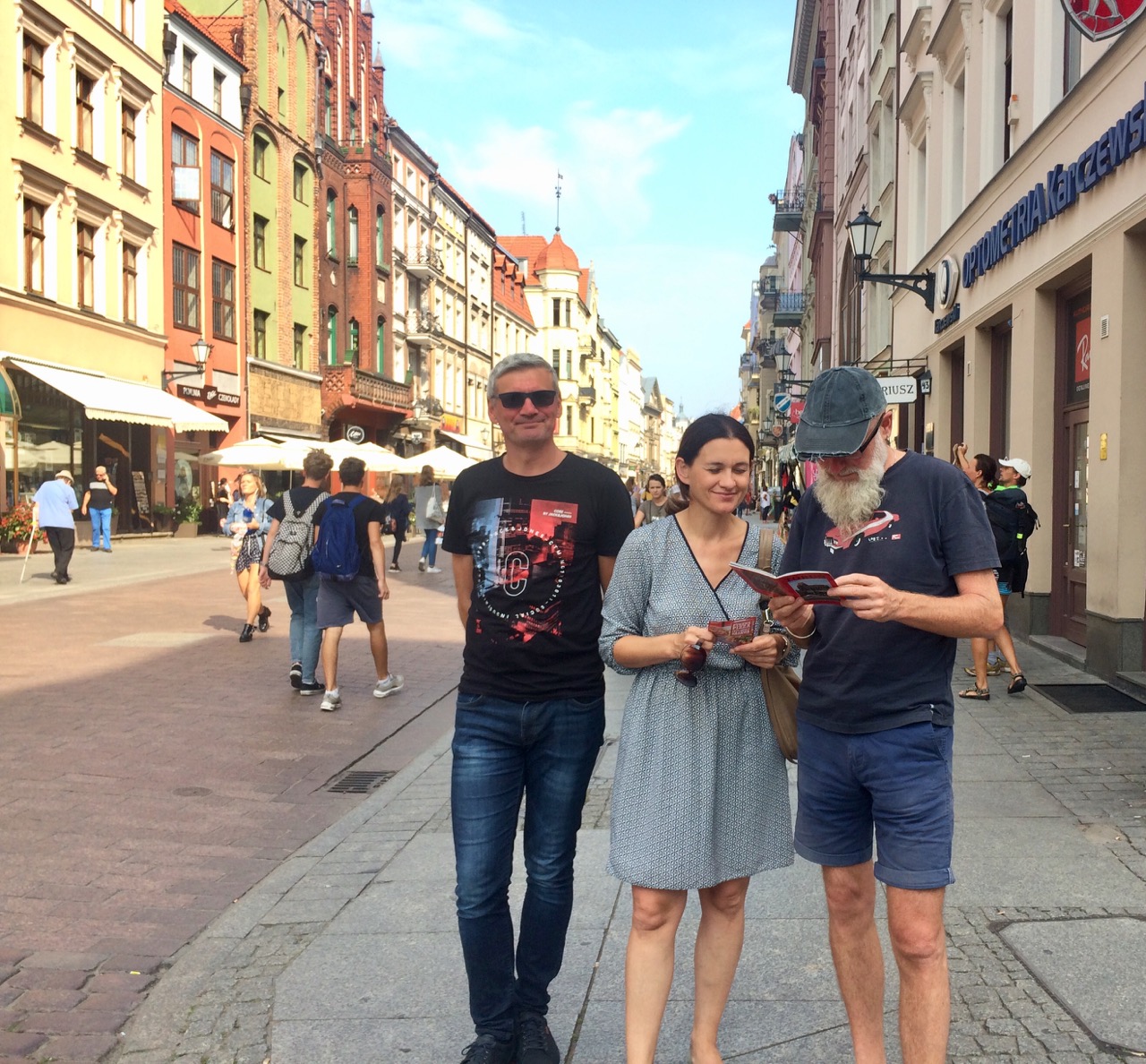
Out of town there’s speedway racing too, but we didn’t go to that, just being driven there was sufficient adrenalin rush to last us a few weeks.
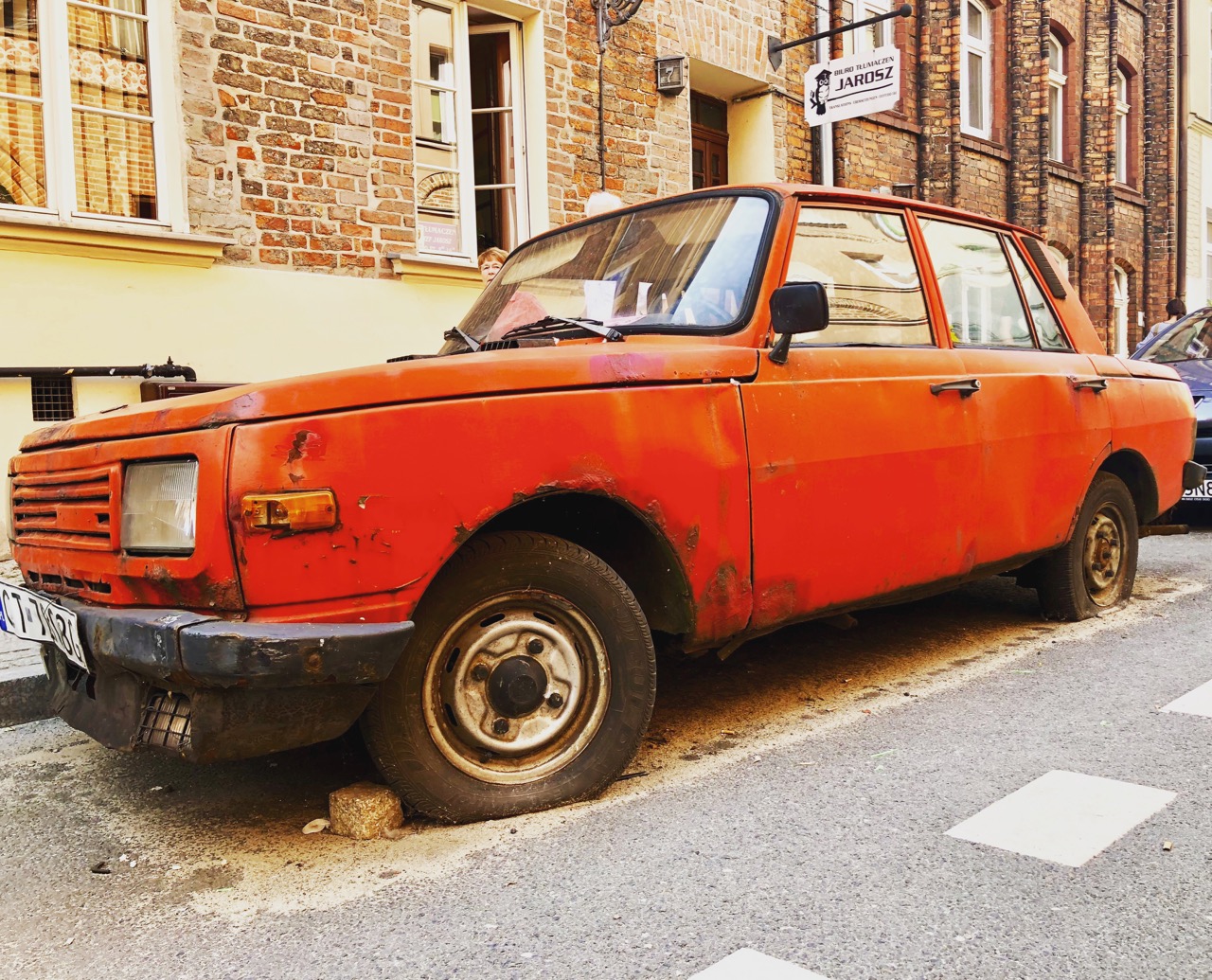
Poland. So far.
We’ve only been in Poland a week so far but already the contrast of what we’ve seen is the biggest in any country to date. The countryside and small towns (so far at least) feel a little run down, poorer and messier than much of what we’ve been through. The opulence of the big cities of Torun and Gdansk are in utter contrast to that and both are truly beautiful.
Many people won’t be aware of Poland’s struggle to become the free and independent state that it now is. The history of its wars stretches back over centuries, for many of those it didn’t even exist on the map. Its hardest times came during the Second World War when it became a bargaining chip, and battle ground, between Hitler and Stalin. Many countries suffered horrific losses during the war, proportionately none more so than Poland.
Peace didn’t bring peace to Poland, for it was left at the mercy of Stalin after the war. However many of its great cities were rebuilt to create the wonderful towns we see today. We’re in Gdansk now and we hope to visit many of the others too.
I had an early morning stagger around Gdansk this morning. I’m about to take Mindy to see some of the great buildings I saw. Here are a few of our photos of the city.
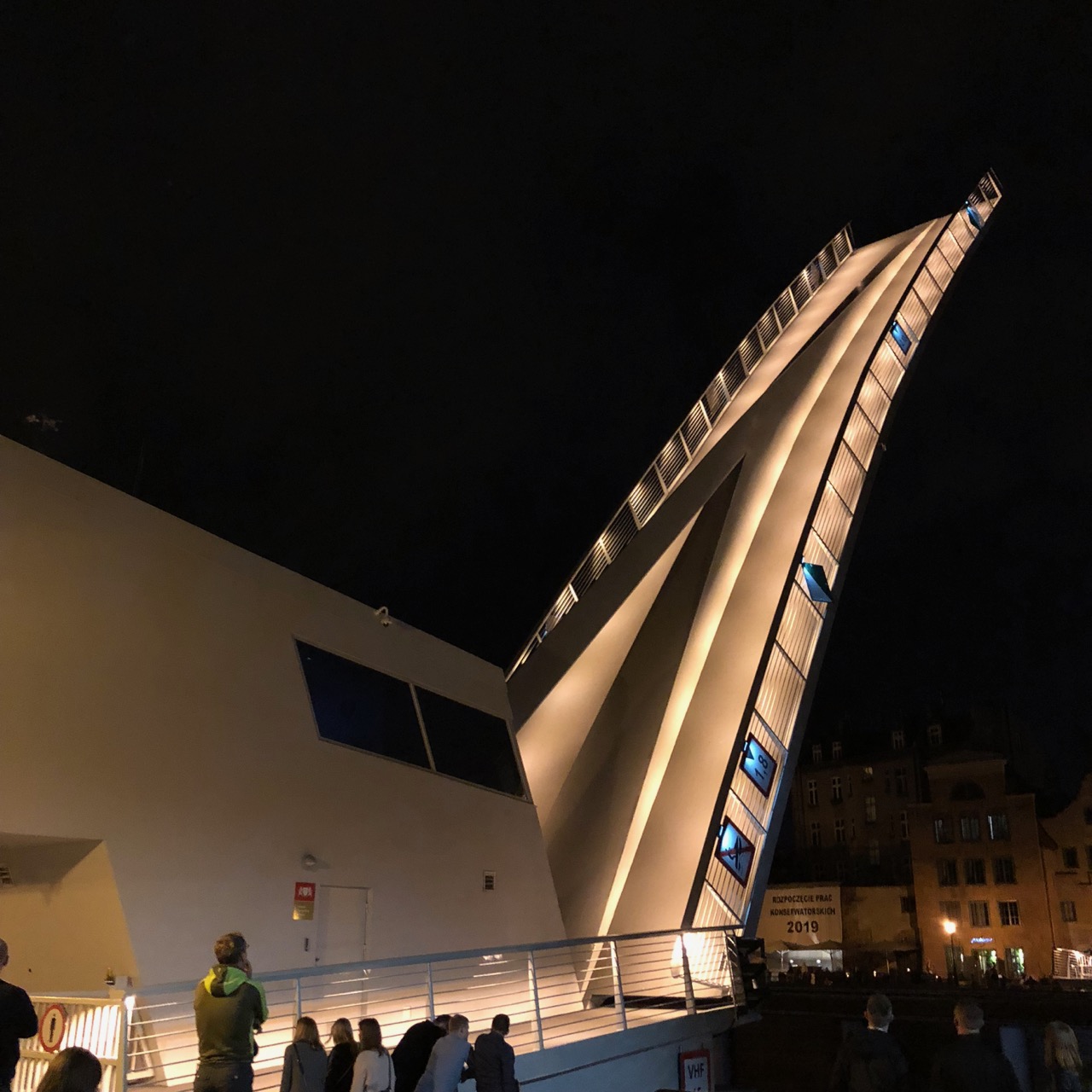
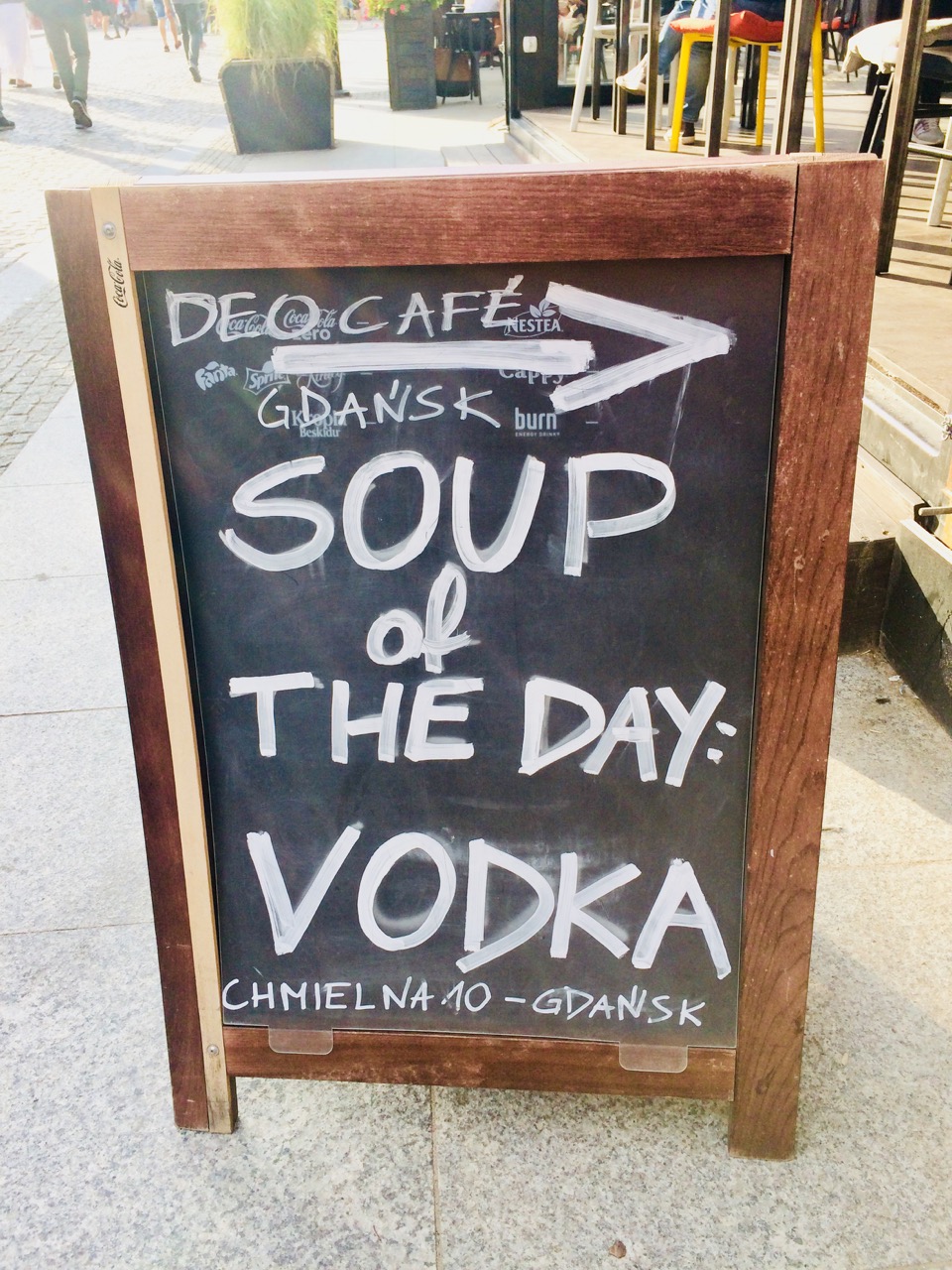
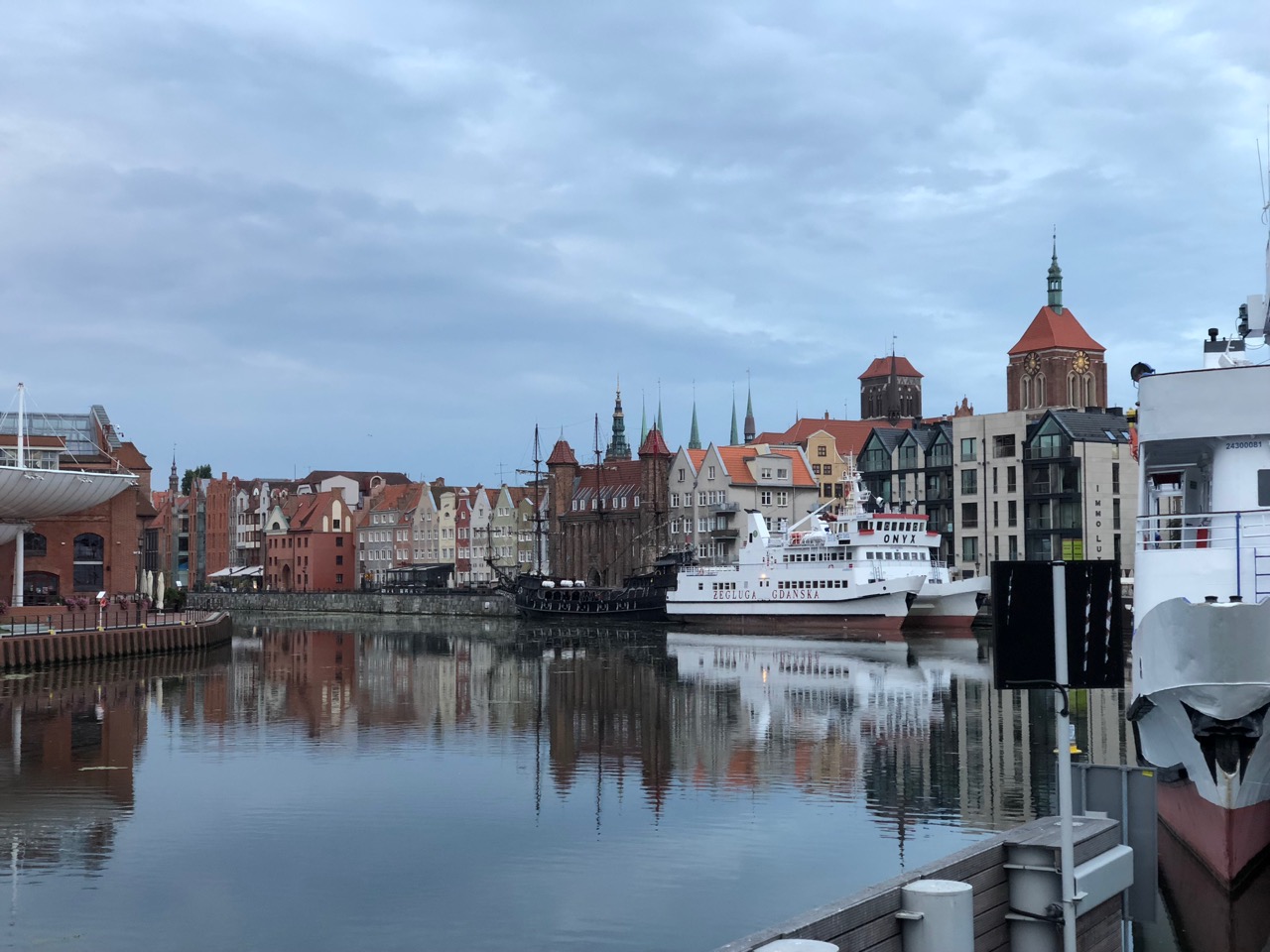
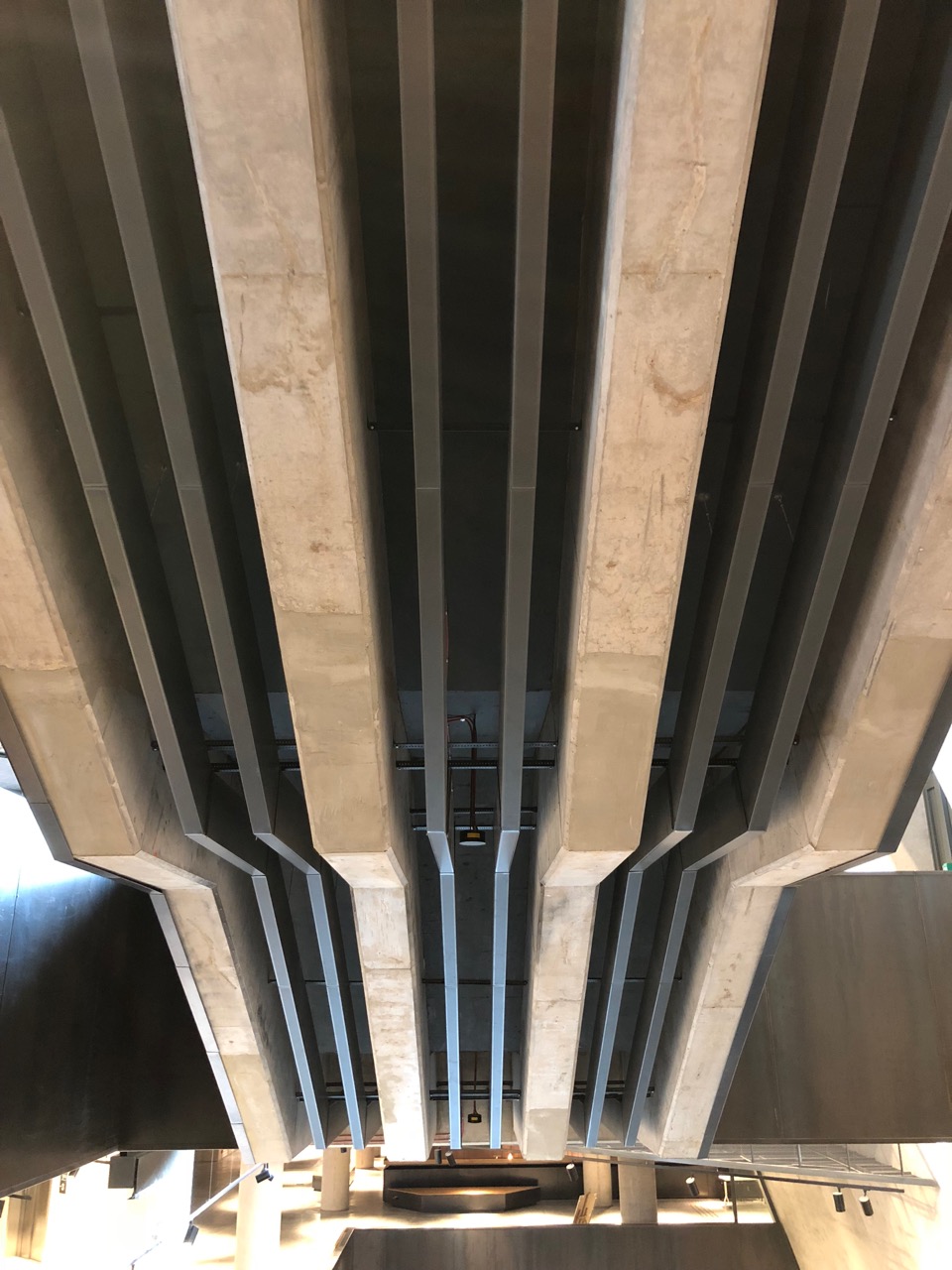
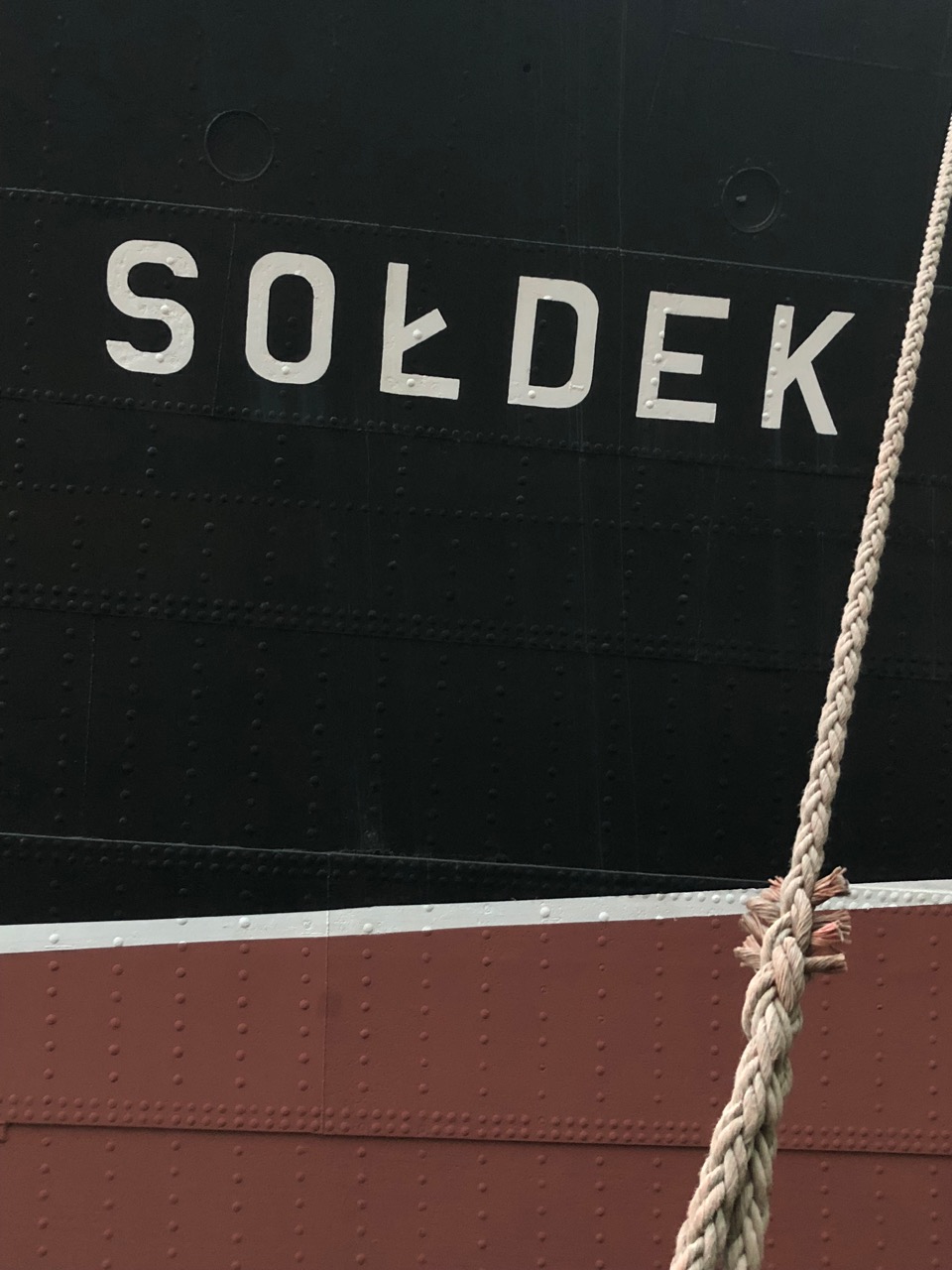
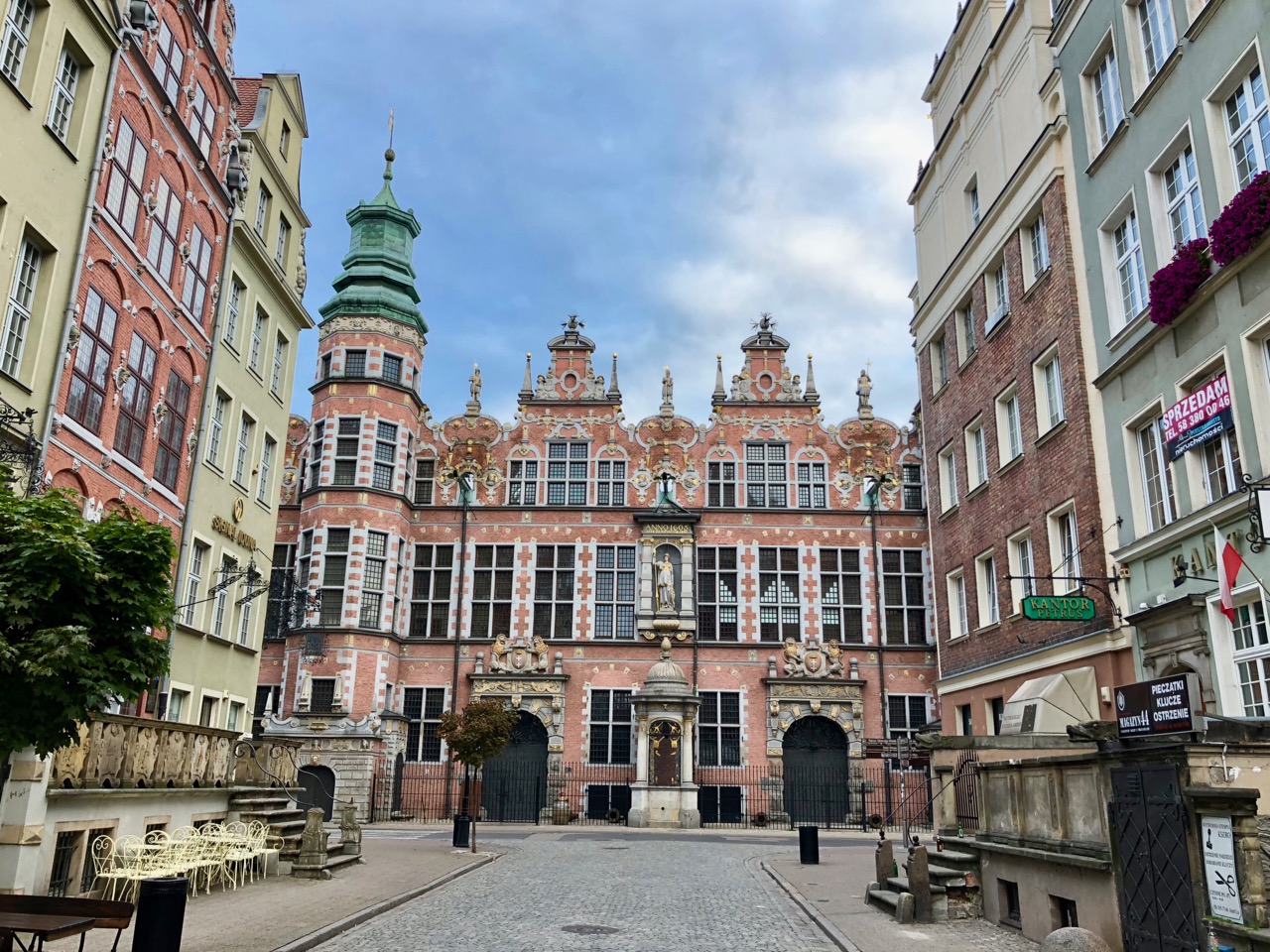
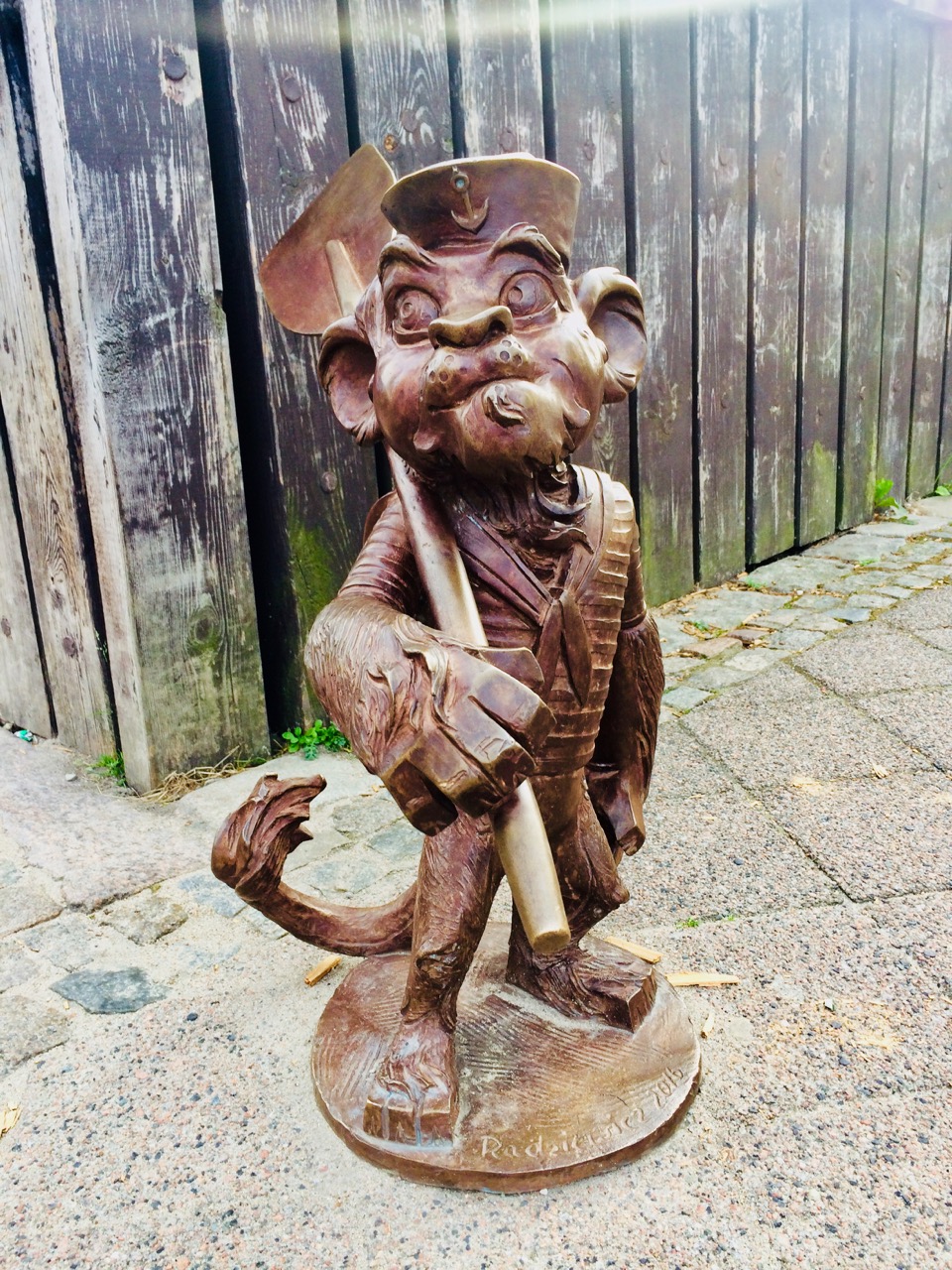
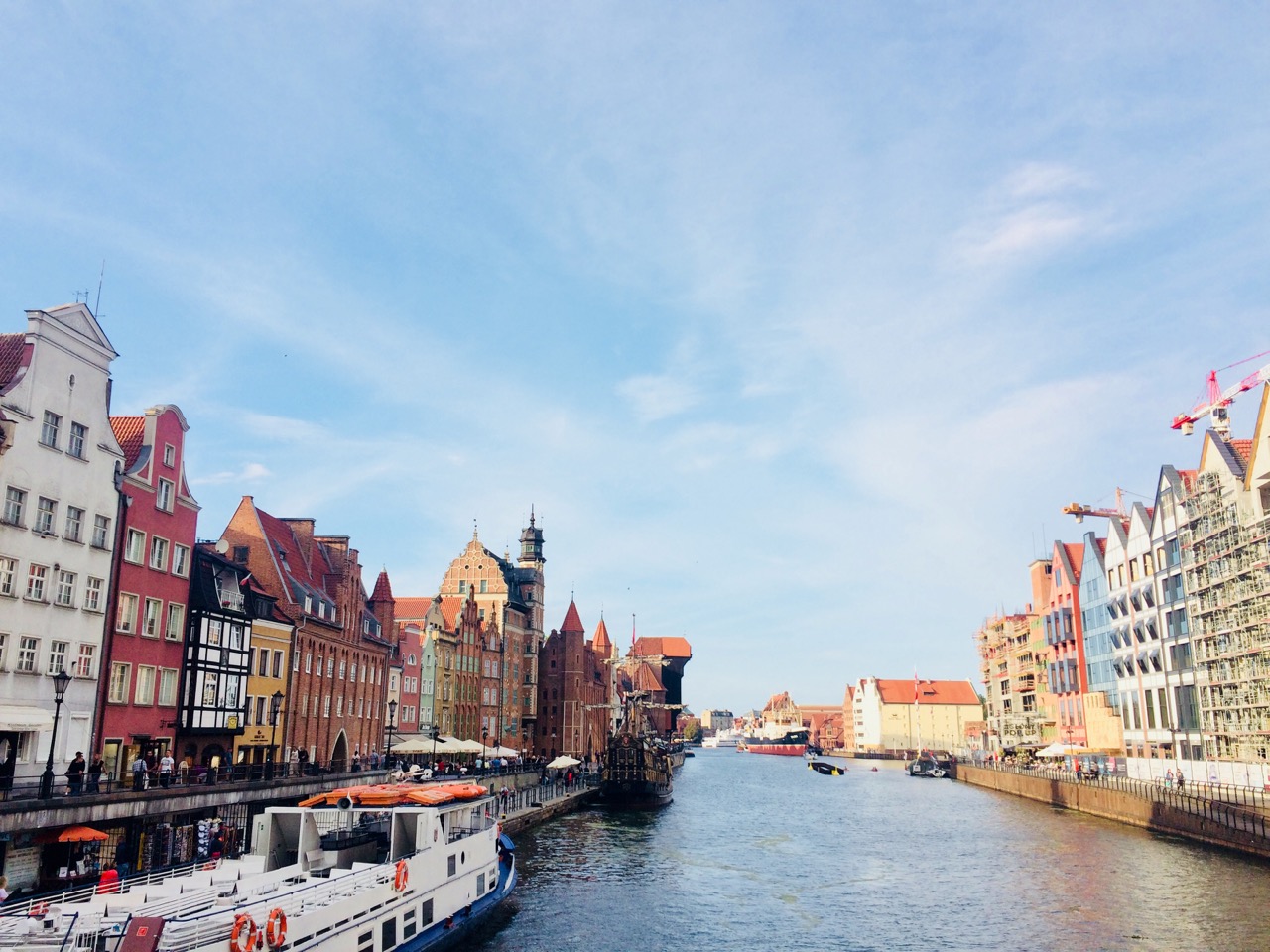
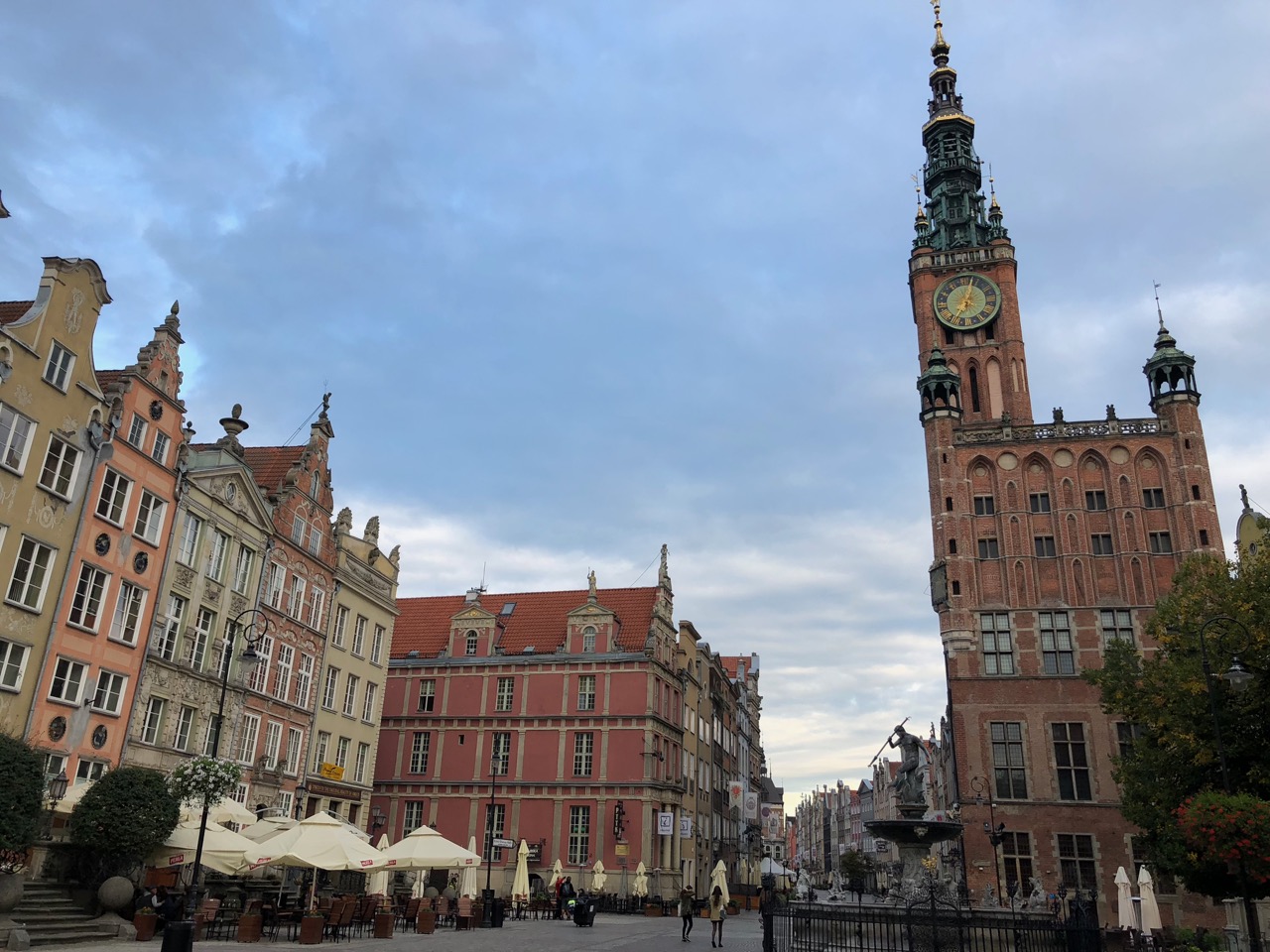


This post subtley paints in some of the detail which has been Poland’s struggle towards where it is today. I feel sure it will develop further with each region you pass into. A great read, KC!
Geography lessons were never so interesting! Fascinating.
We are off tomorrow in “Ethel” for another few weeks. If we end up Poland way I will get in contact. I think the wines of Alsace might detain us however.
Keith and Liz.
I could write for hours!
And my head is exploding with new deeper knowledge on subjects that weren’t that interesting at school.
Have a great trip, just stay away longer, the wine is rather good here too.
KC
What a good read – never thought History and Geography could meld with such ease. The Photographs are tip top too. Good work KC – glad you are putting in the effort – look forward to the Book – Excitement Awe and Tranquility in the Archievan.
C
Yay! Delighted to have your comment and have you on board.
Best wishes from the near east.
KC
Hey, Folks, It’s great to stay with you for a few days and be the introduction to your exploration of Poland. We’re also glad we could shape your perspective ( to some extent of course ) , become a little part of your voyage and in the end episodic heroes in you blog ? It’s the intresting piece of writing, read it with pleasure- focusing on your perception of the country we live in This is brilliant way of promoting Poland ? . Well done
Thanks for these moments together- chatting, laughing, cycling sightseeing, tasting, watching drinking, presenting new perspective and finally prolonging our holidays!
Enjoy your stay in Poland ! Bone voyage!
Hi Anna
Thank you for taking the time to comment.
But far more important – thank you for looking after us and introducing us to Poland.
I wish you were coming with us – the more I learn, the more questions I have to ask – but now I have no one to ask.
Best wishes. Kelvin.
Another exciting, historically information and keeping my O level geography up to scratch!
Keep up the good work and hope the pirate ship trip was interesting xx
Thanks Judith.
This is another city I recommend.
Put Rick in the War Museum and you’ll have the whole day free!
KC
Ah well I remember the period during the struggles around the Walemsa and Solidarity movement breaking free from Soviet and Communist rule. I also as a very, very small boy, recall my Father explaining why he was blacking out the headlights on his car telling me that we were at war, my God it was 79 years ago today, two days after Hitler marched into Poland. I have always had an interest with Poland as I worked with a lovely Polish man called Ted Zgoda, I think his name was actually something like Tadzac or similar, but as we couldn’t pronounce it so we called him Ted. He got over here in the free Polish air-force and had to leave his parents in Poland and never saw them again.
Hi Rick
Thank you for your comment.
Yes, today.
It was moving passing the memorial today.
The Germans next to us were in tears.
Dad had a friend in Cornwall who had somehow ended there from Poland as a result of it all.
The two of you would enjoy this city. You could spend all day at the museum, and Judith could float around above ground.
Hope all’s good up north.
KC
You just keep putting more places on my wish list. How much planning did you do, or did you just Go!
Thanks Mike
Planning is very much on the go. We’ve been at Gdansk for a few nights and we’re sitting here working out tomorrow’s route.
The advantage with the van is that even if we don’t find a good spot to camp we can just pull up and have a sleep.
Gdansk is definitely worth a visit and for a short break from home I’d put it very high, or maybe top, of the list.
Best borrow Keith’s van!
Cheers KC.
I only wanted to wave from the balcony of our holiday home at Bornholm 250 km across the Baltic Sea – but then …. Gdansk – Danzig, Malbork Castle – Marienburg and then Torun turns out to be Thorn, where my dead father spend a short period at the aviator school during the second world war. And I probably wouldn’t be around if he had actually become a pilot. Kelvin, if you could get all of your commentators together and let’s just share stories and interest and feelings….How challenging that would be in the light of history and European problems of today.
Okay, a little less disturbed now, I’m going to sleep!
Margret